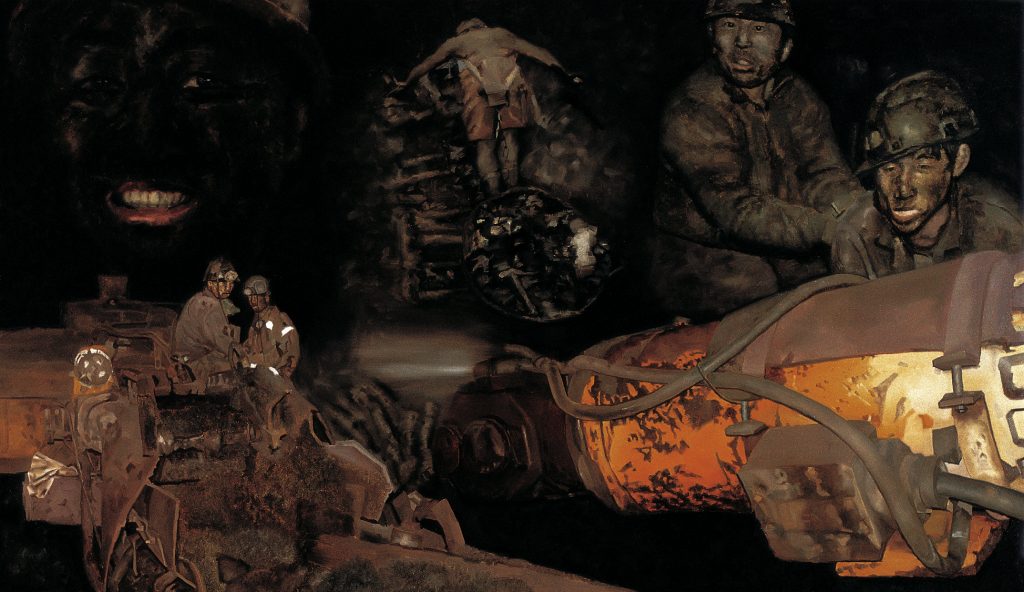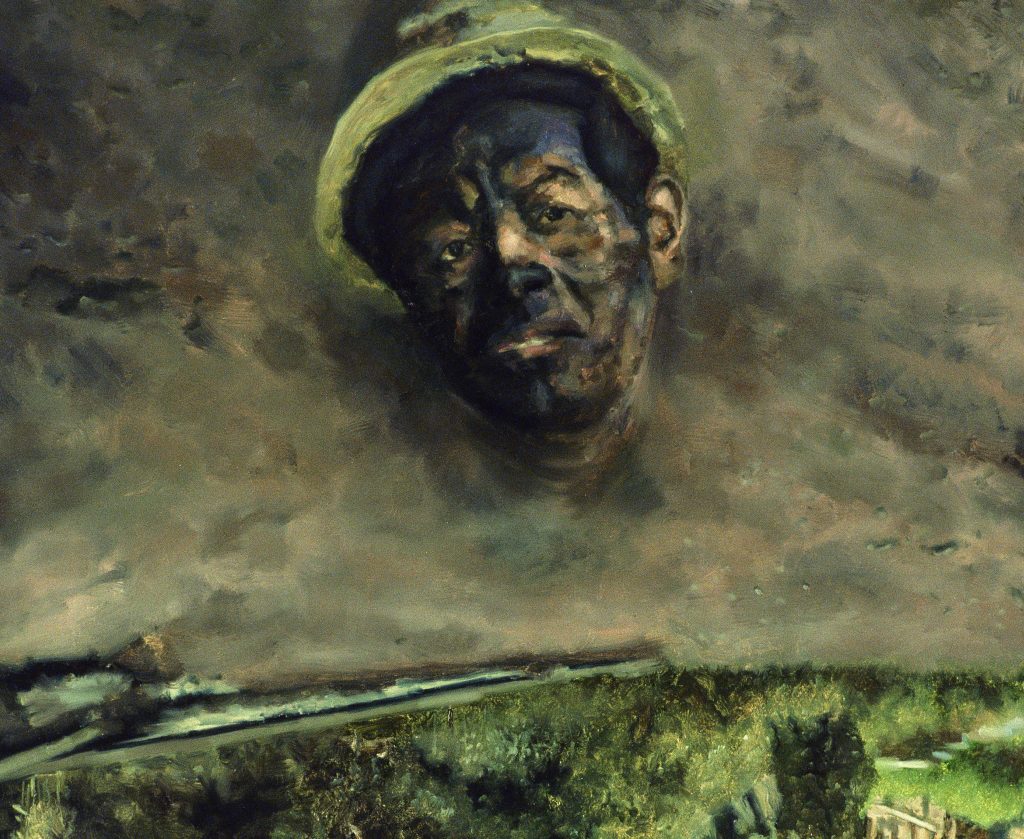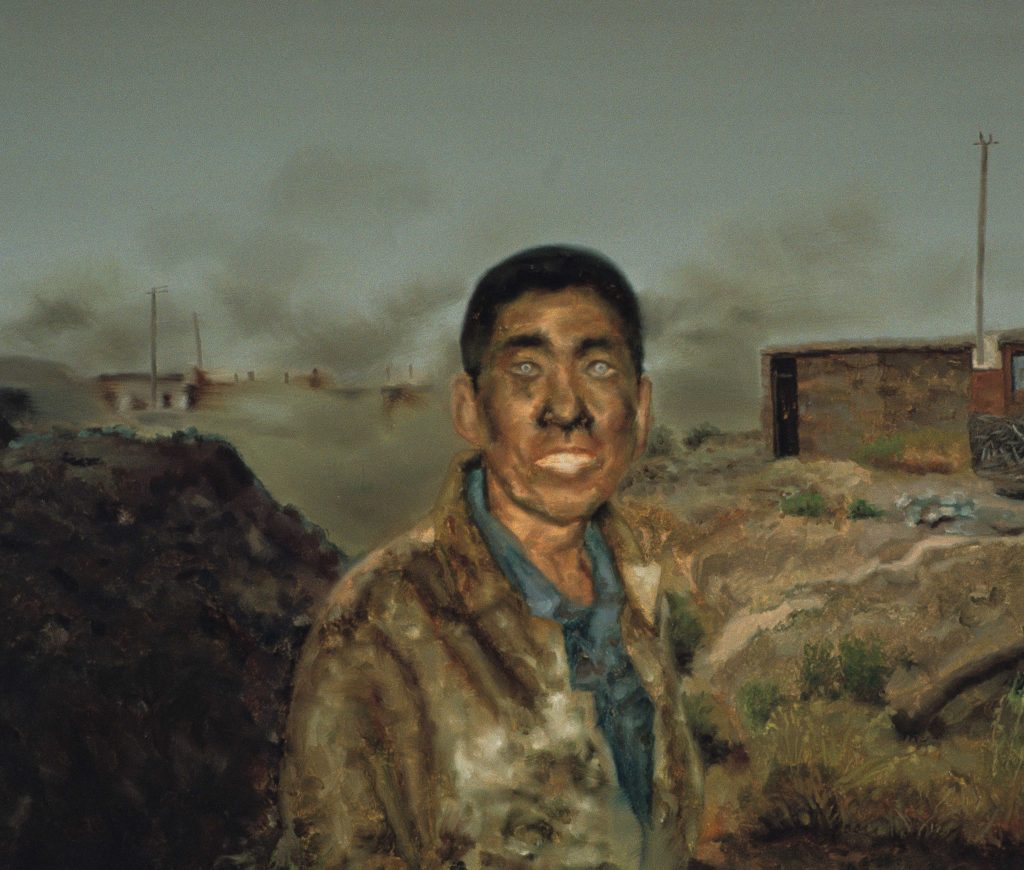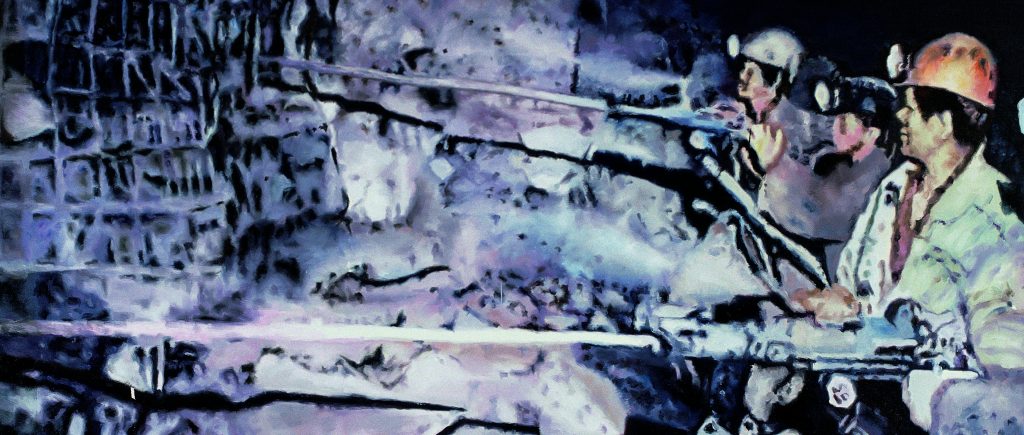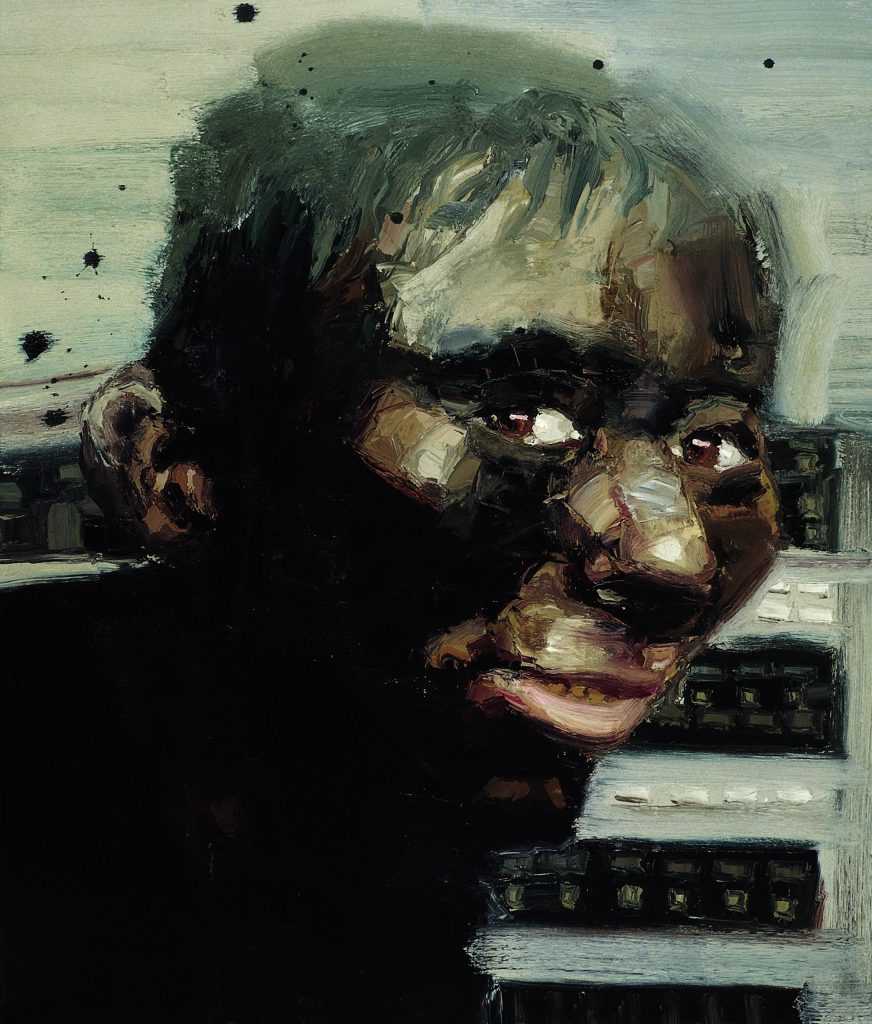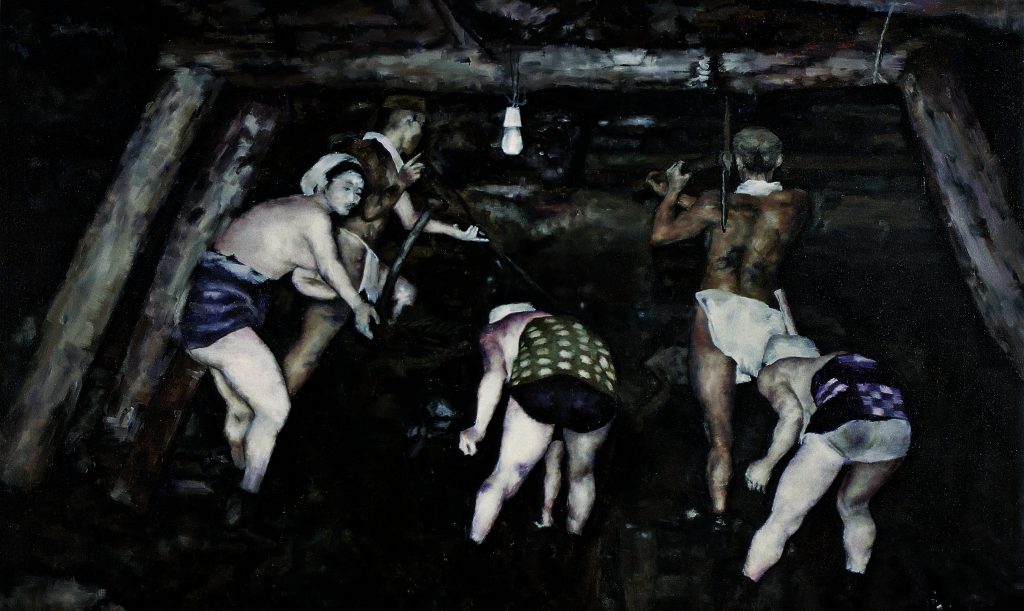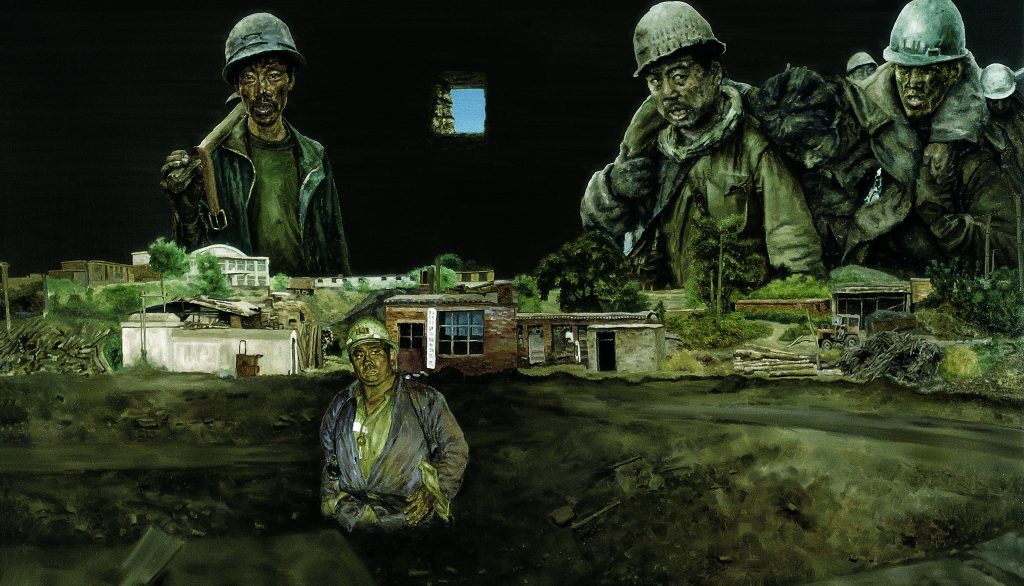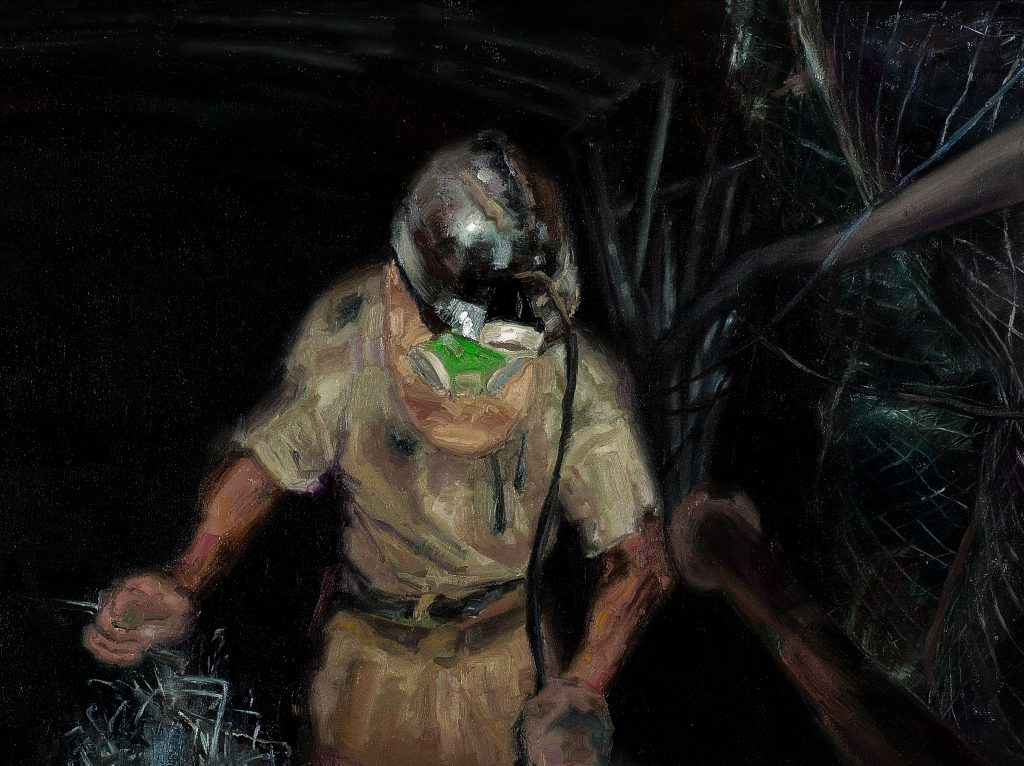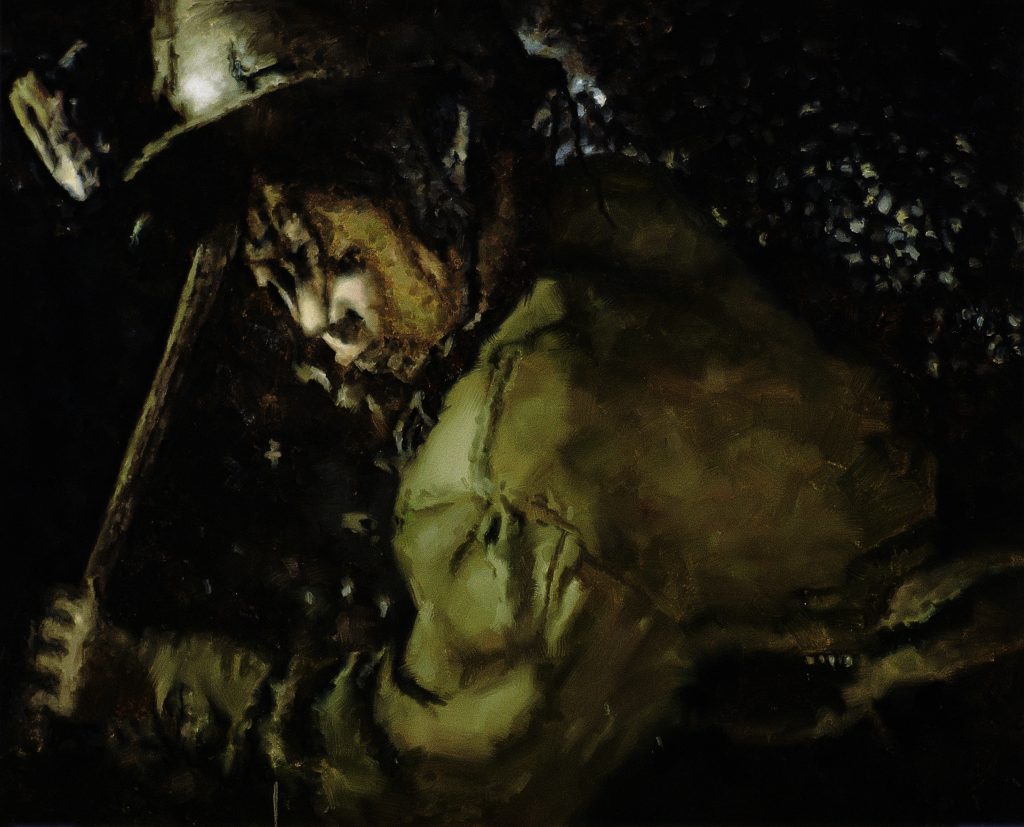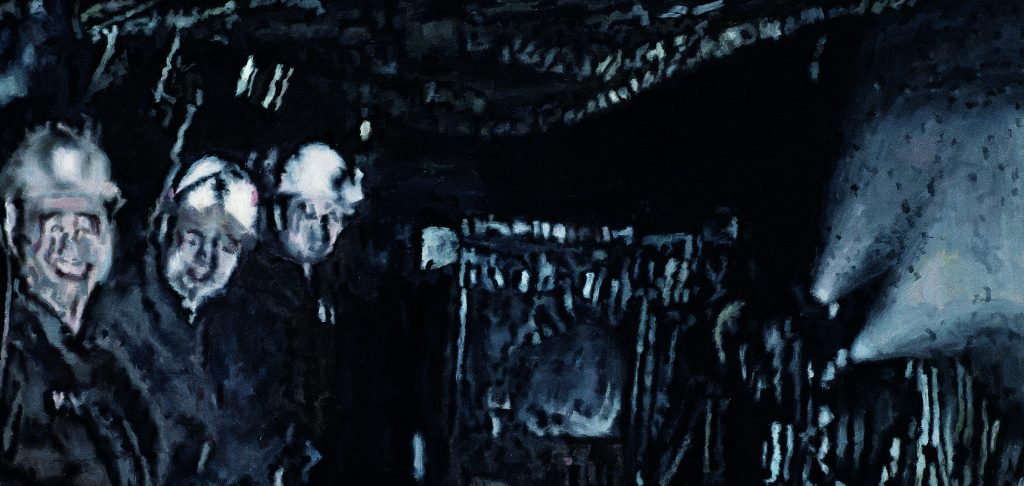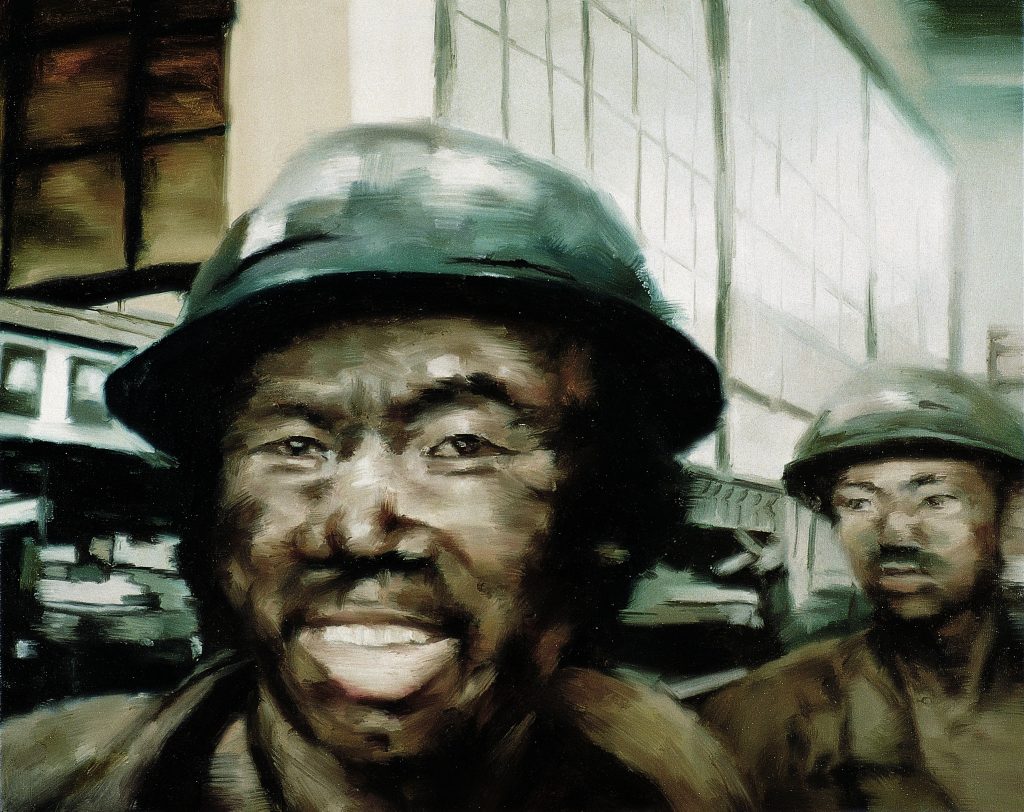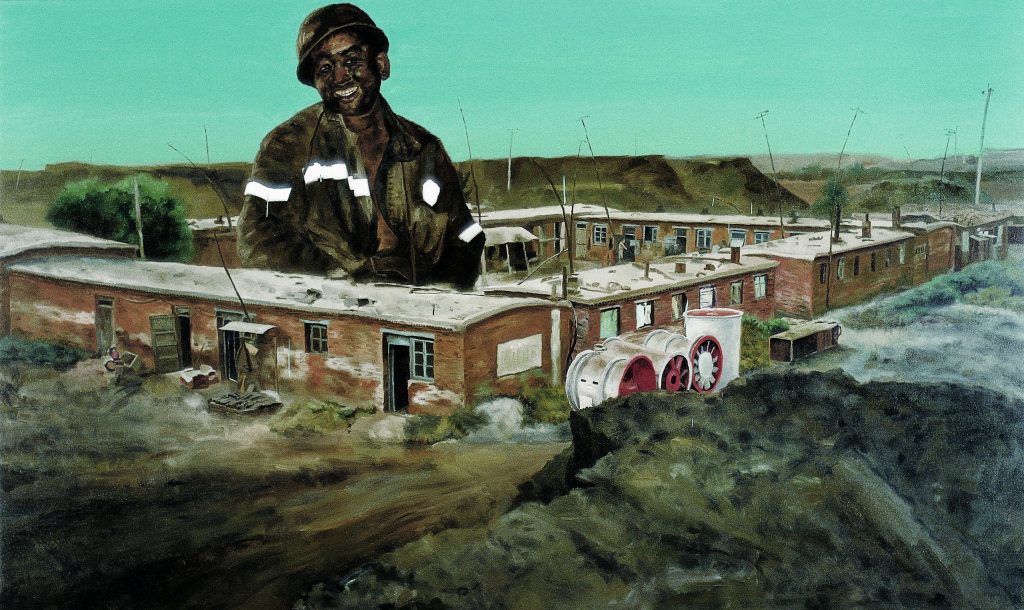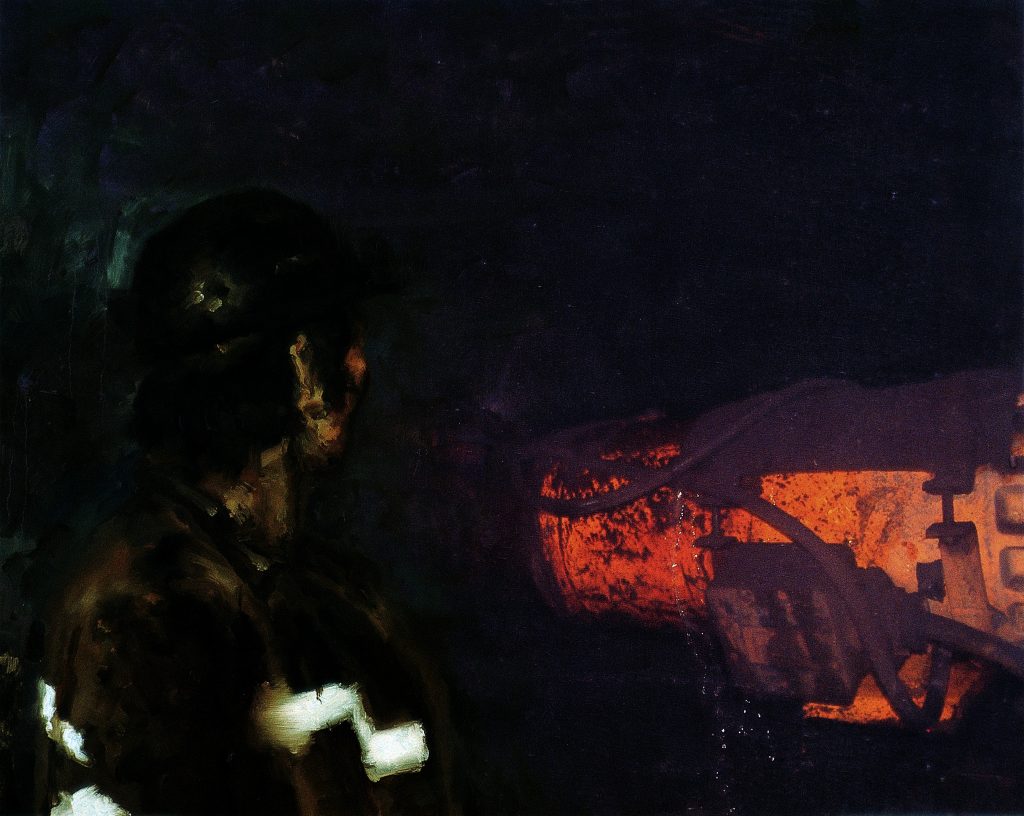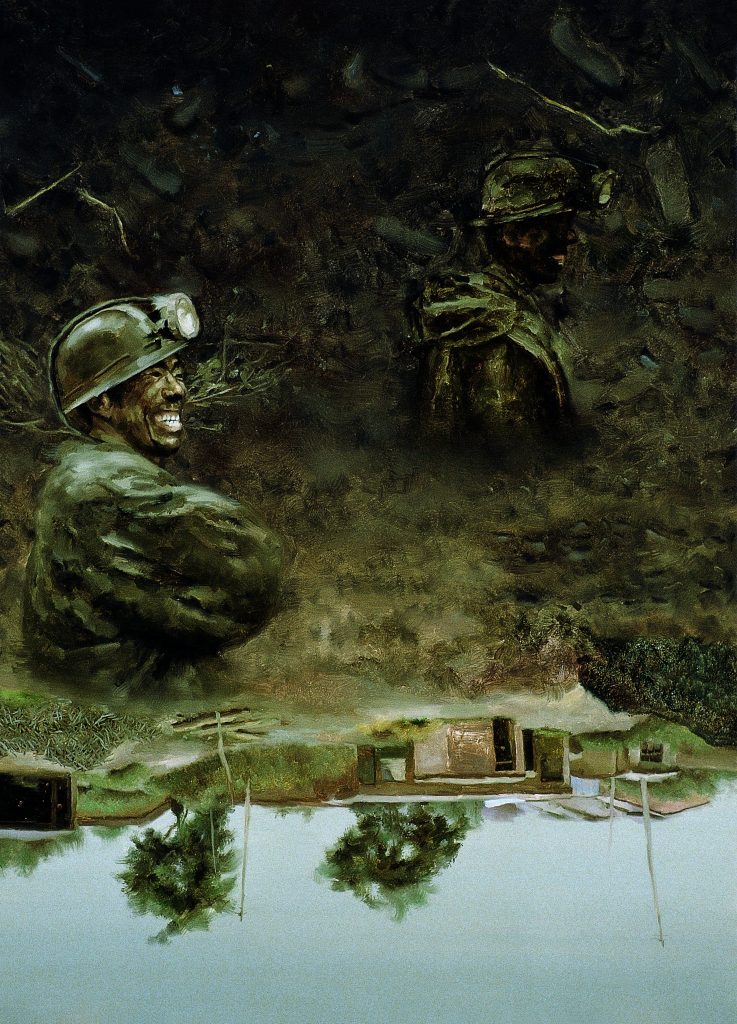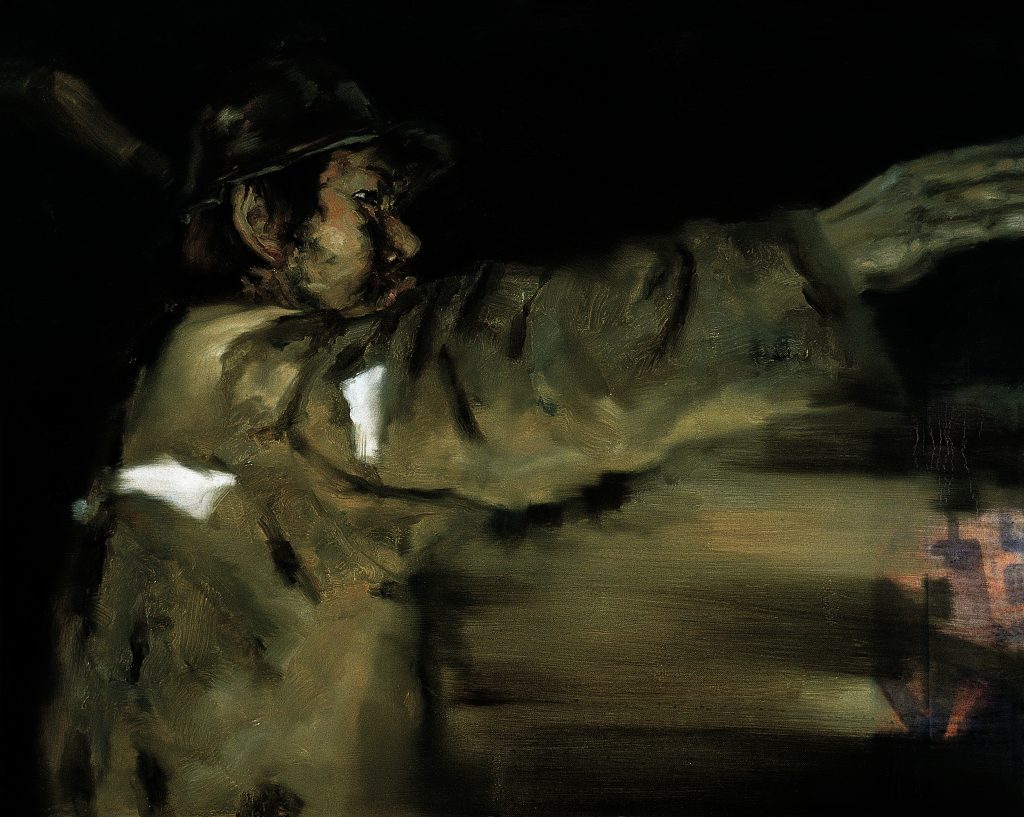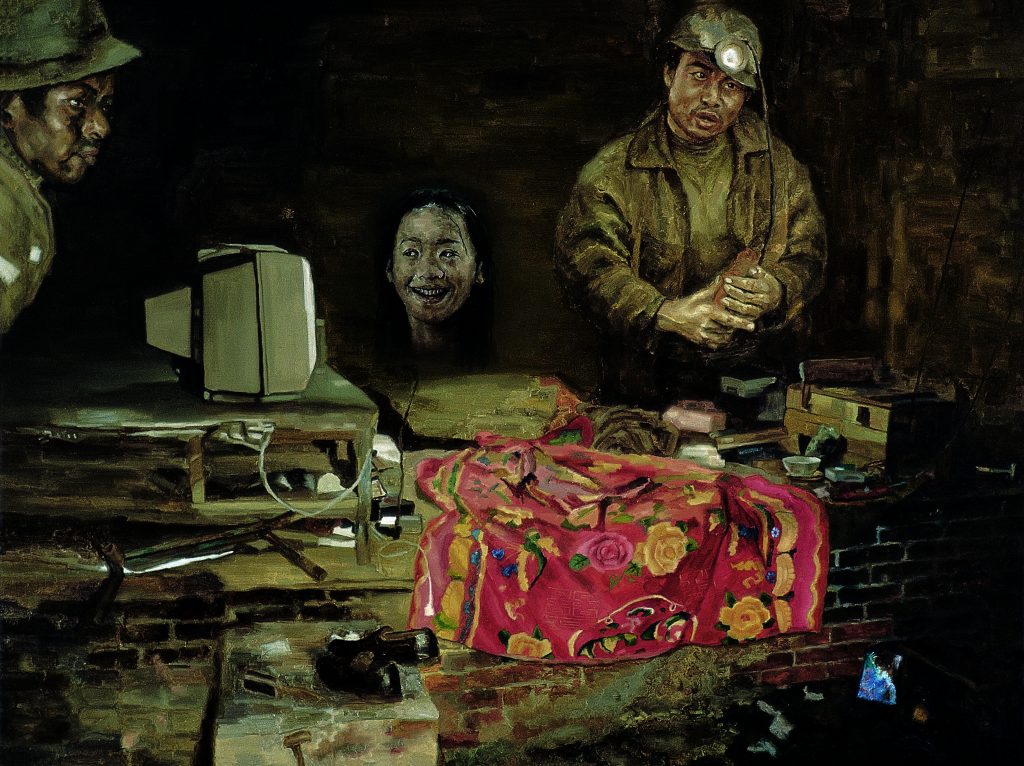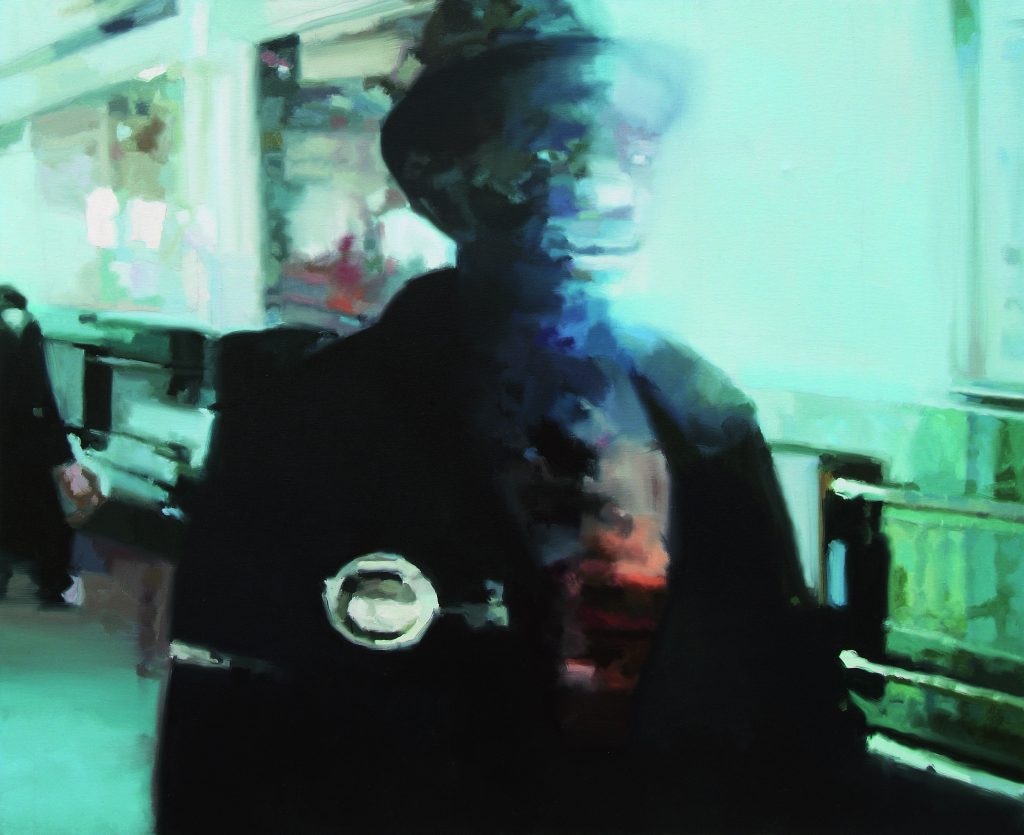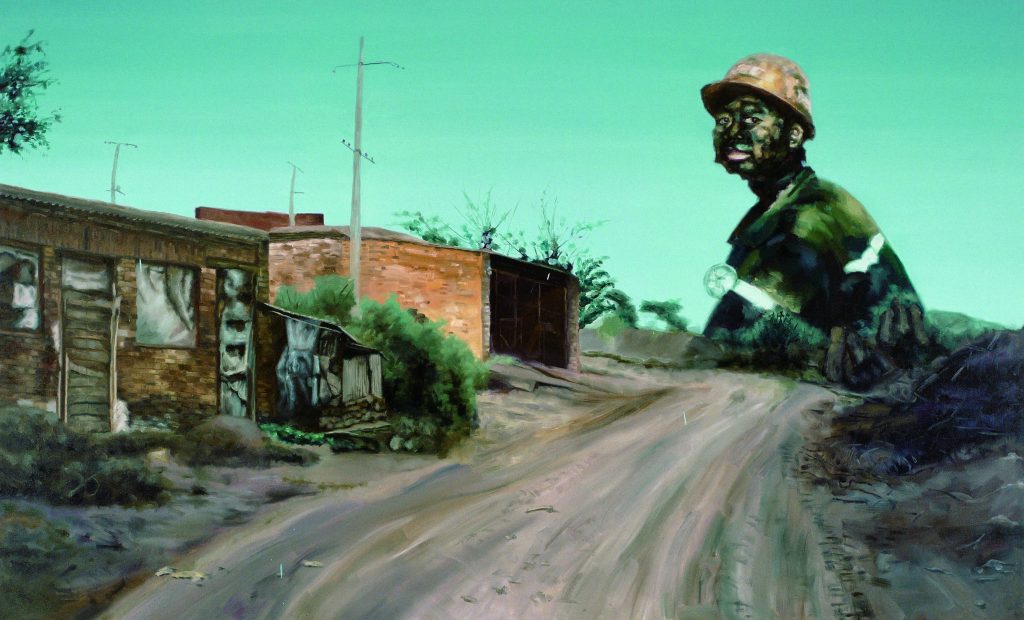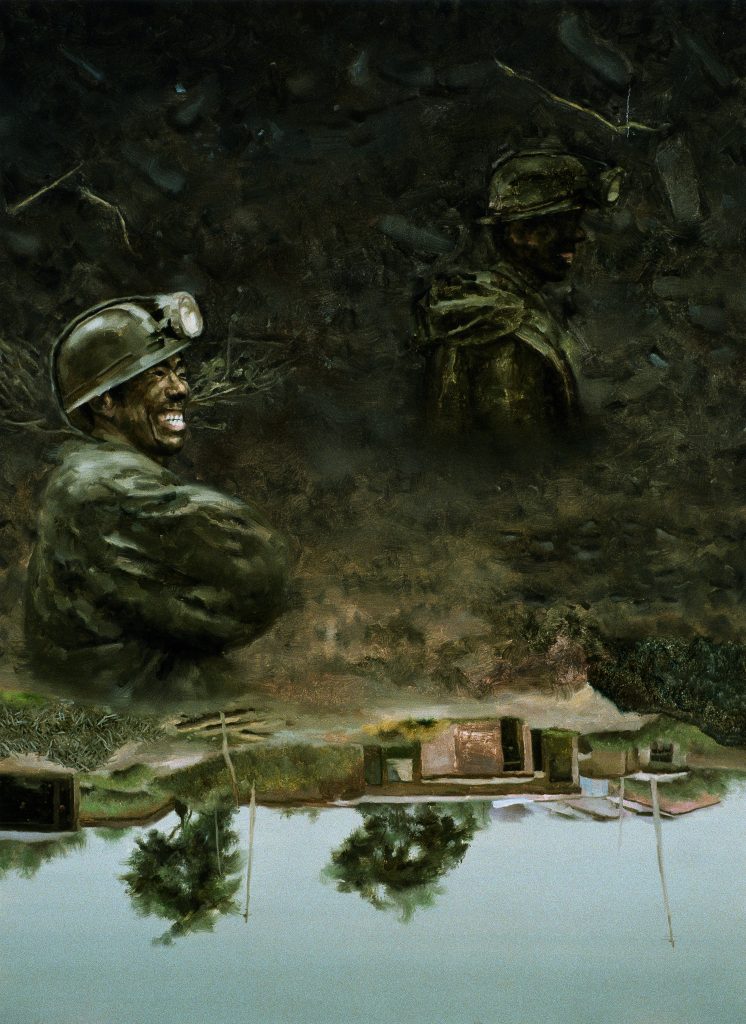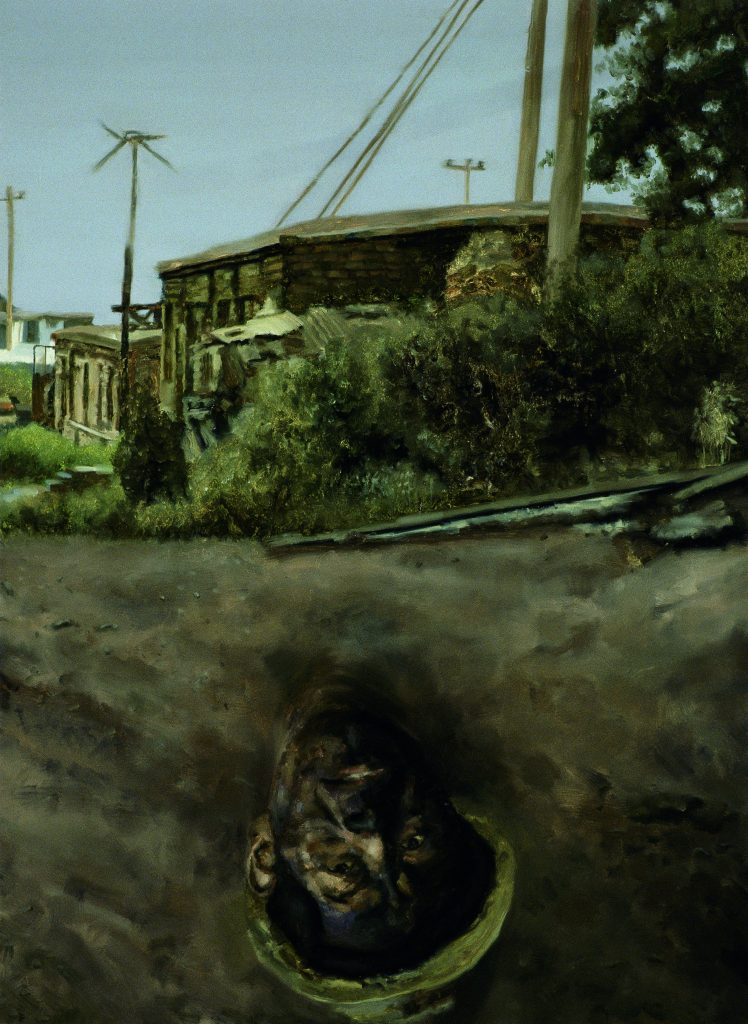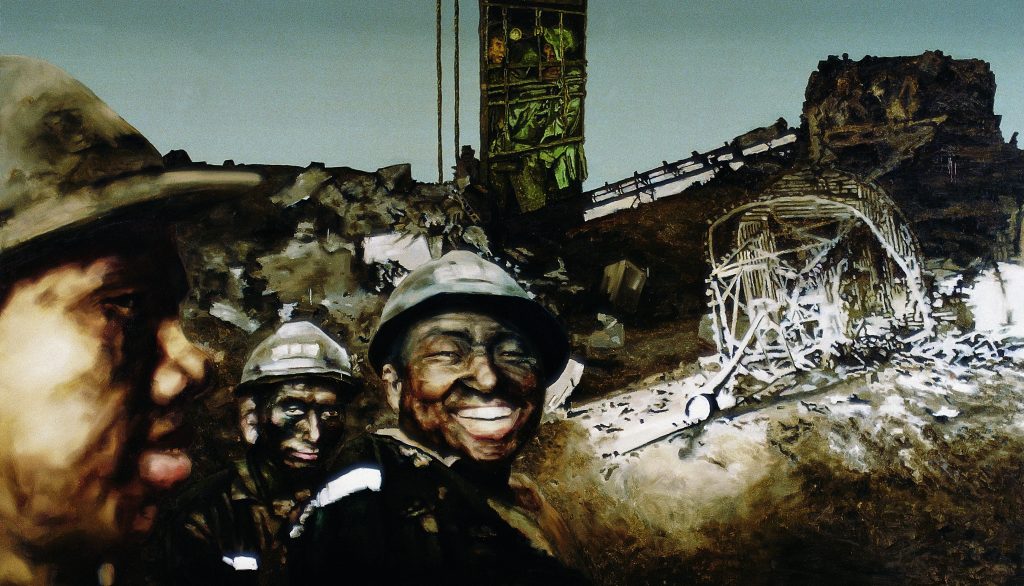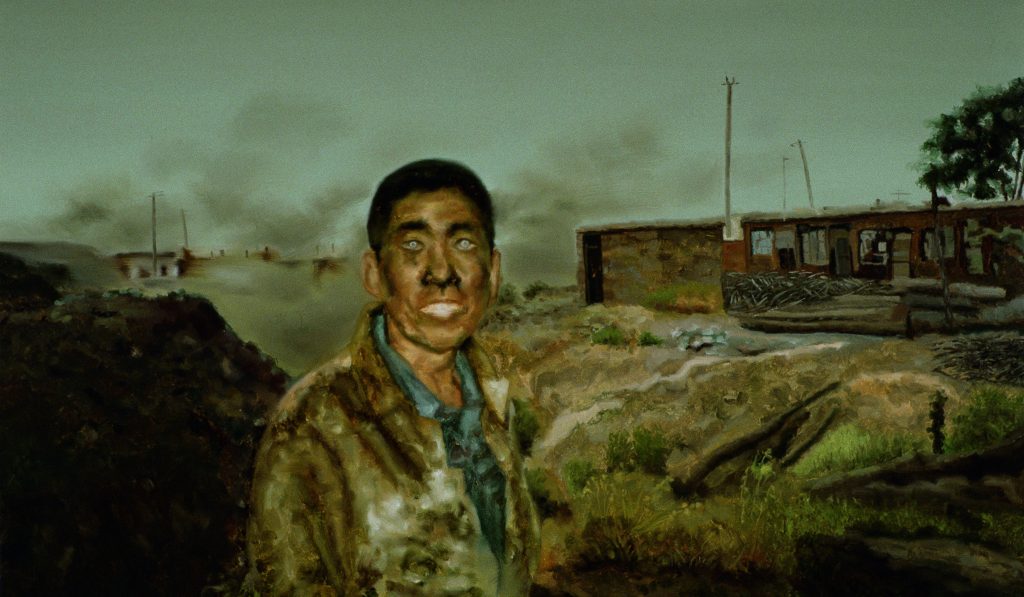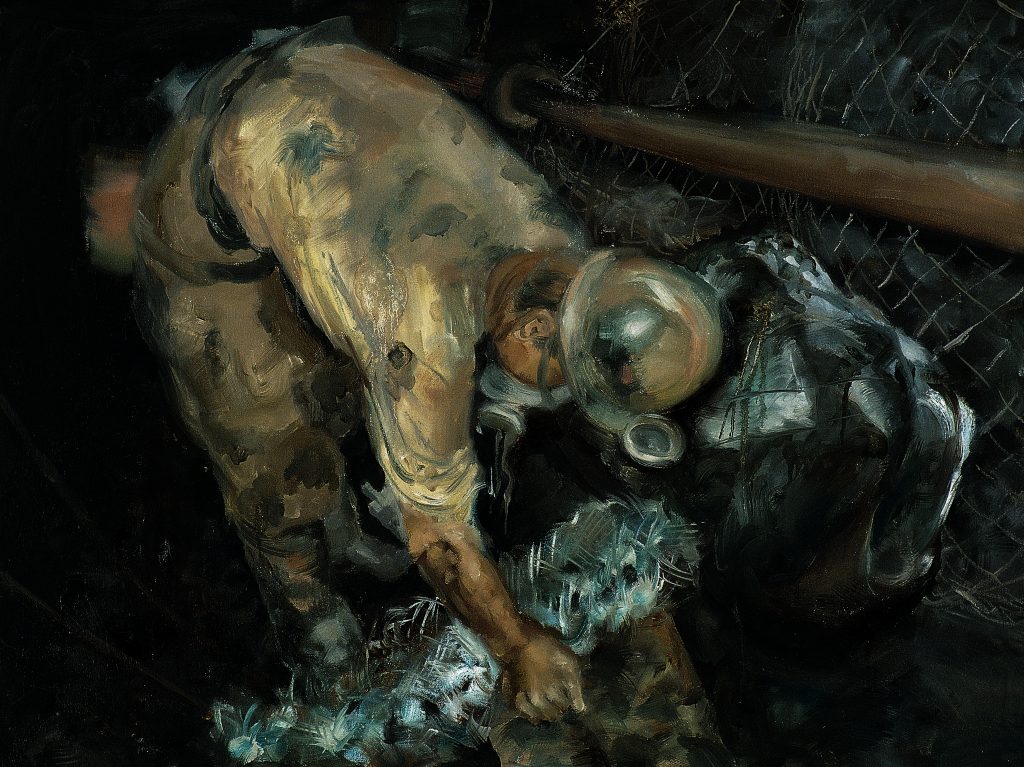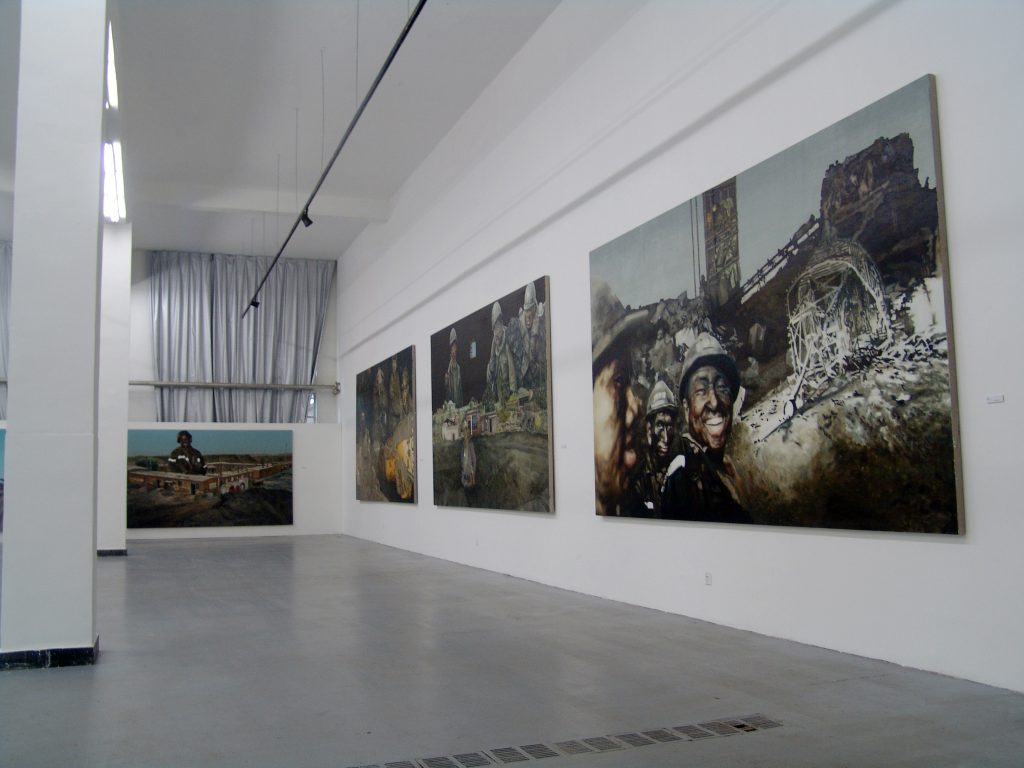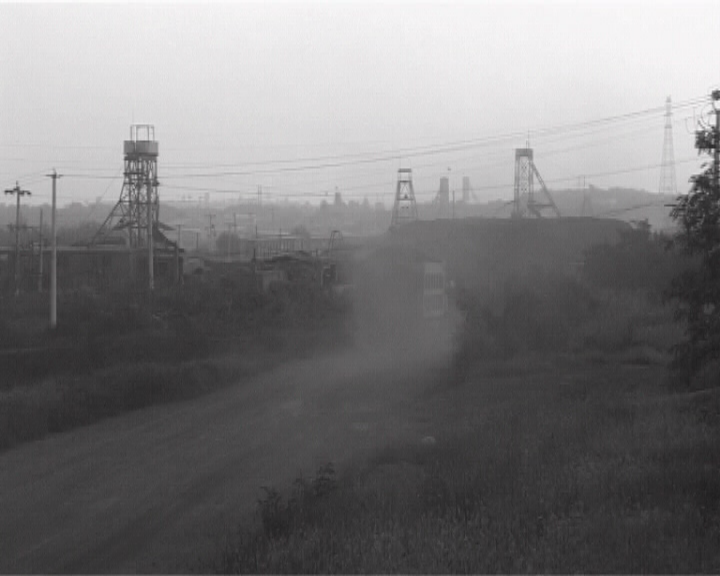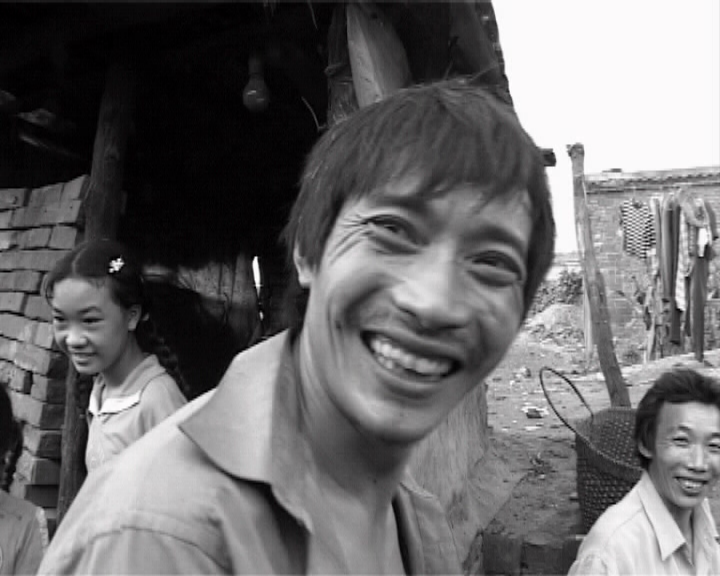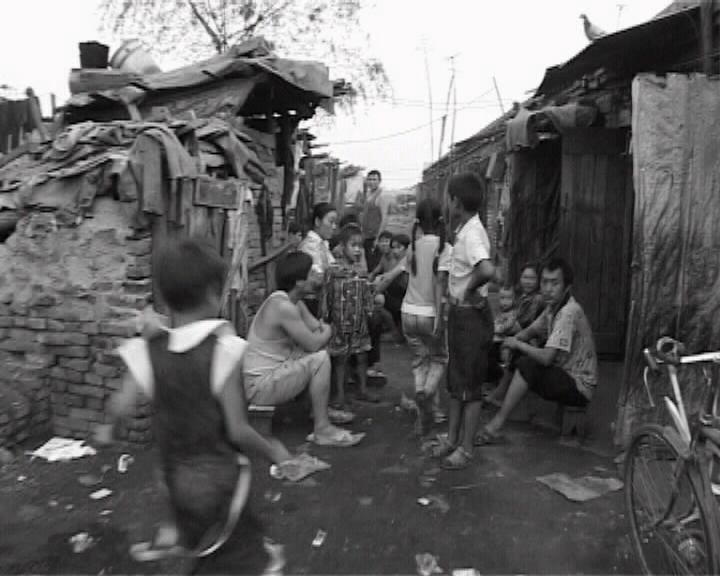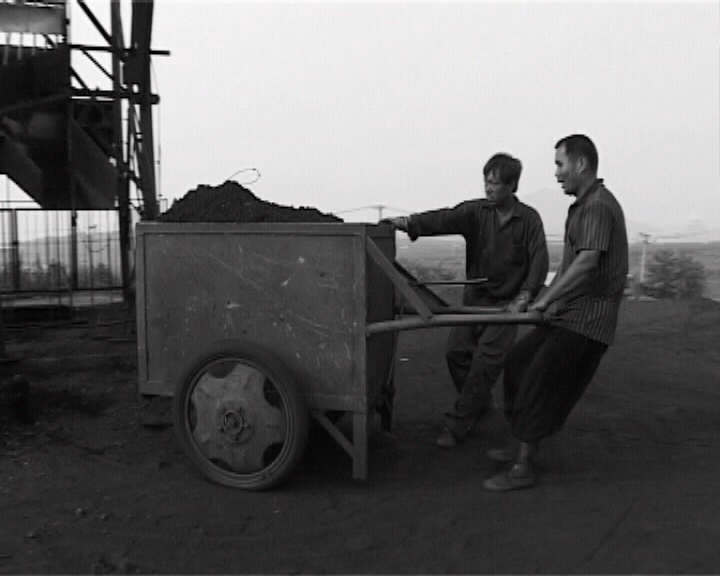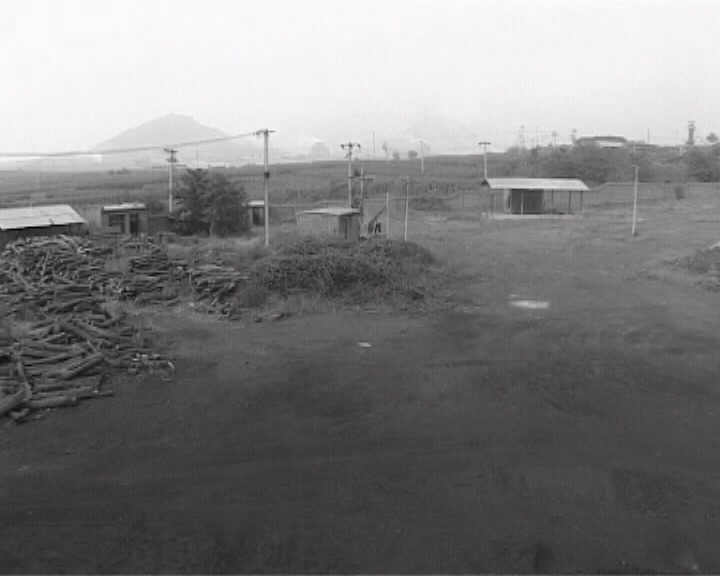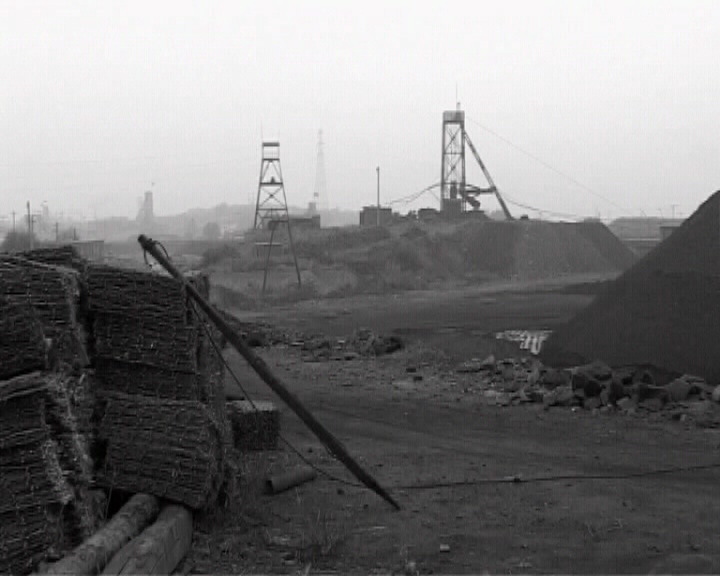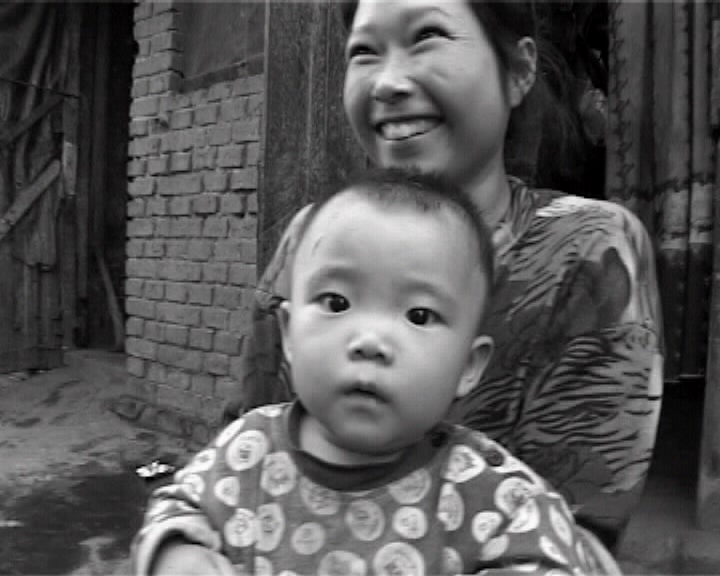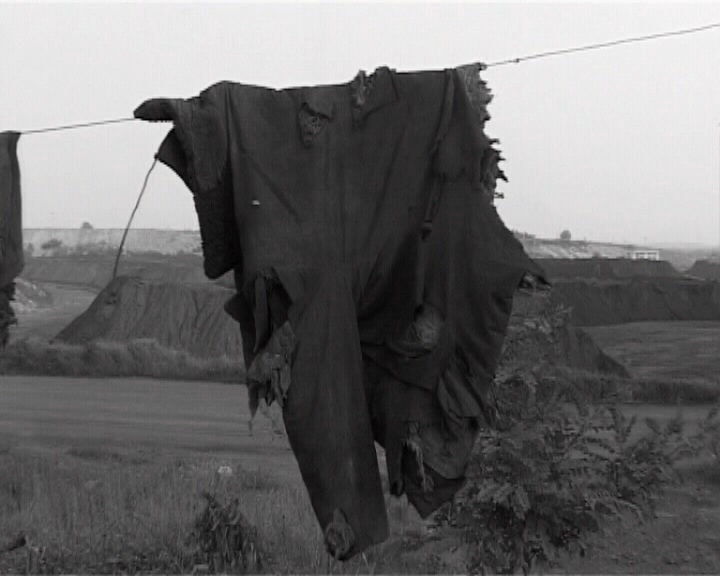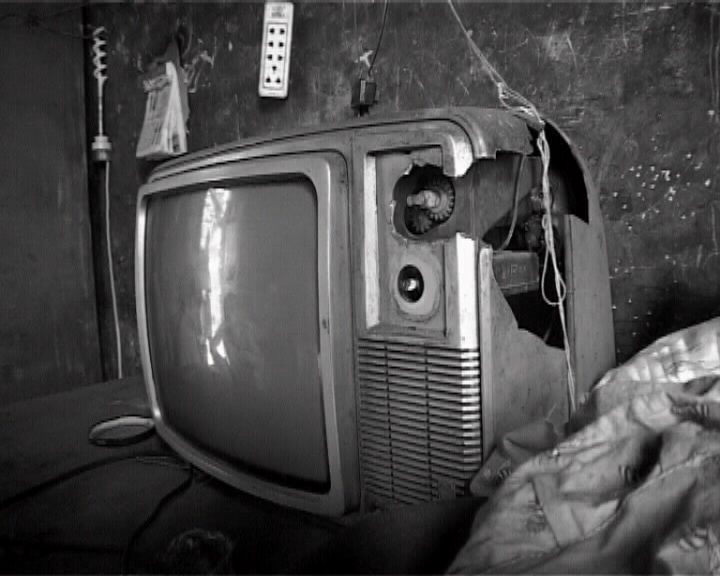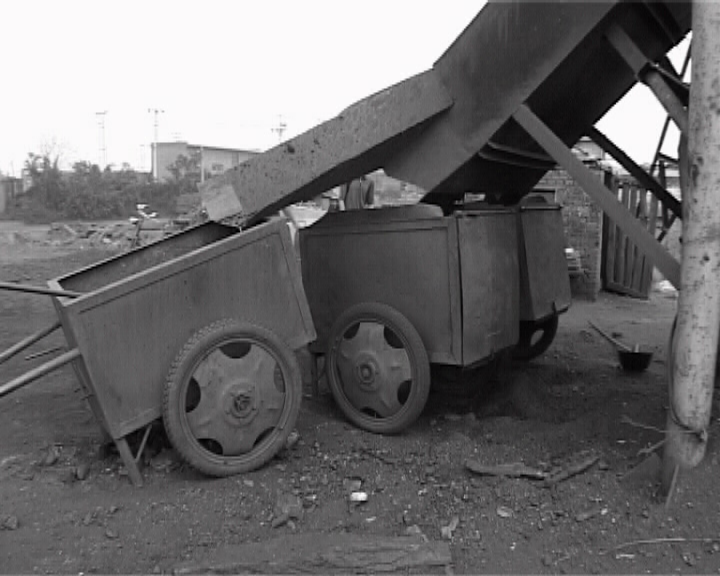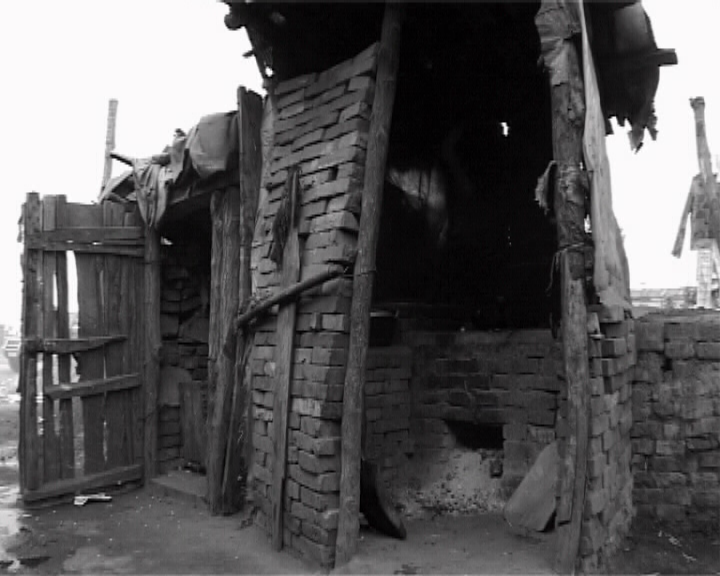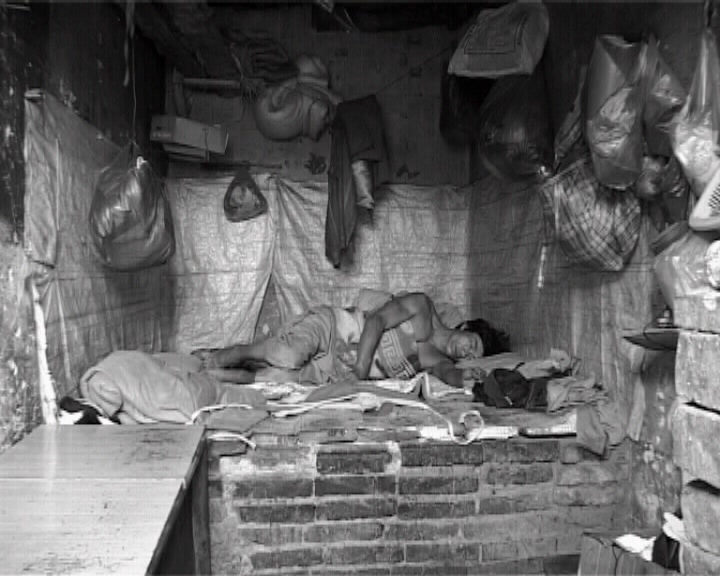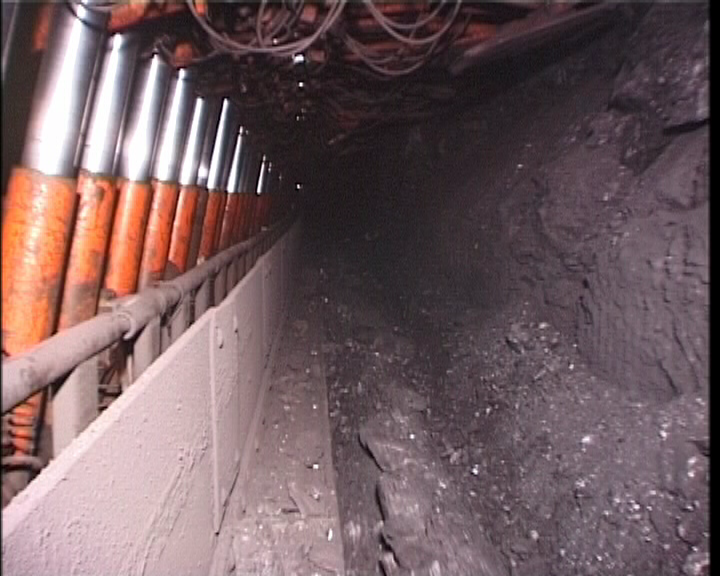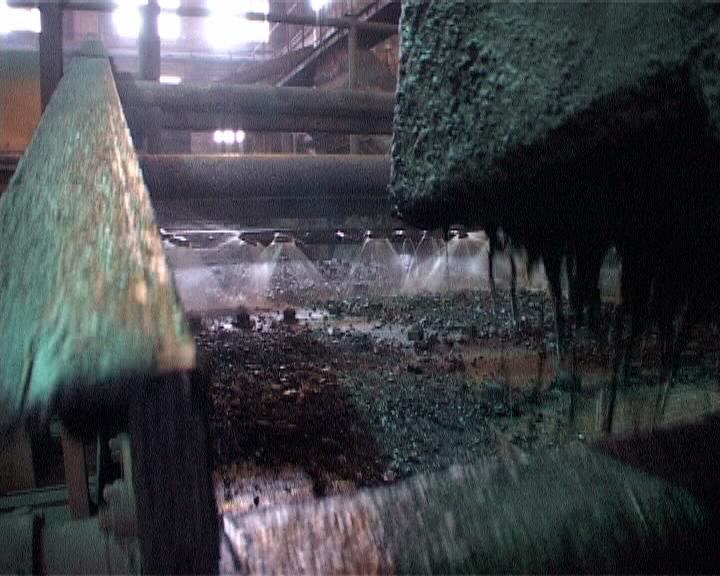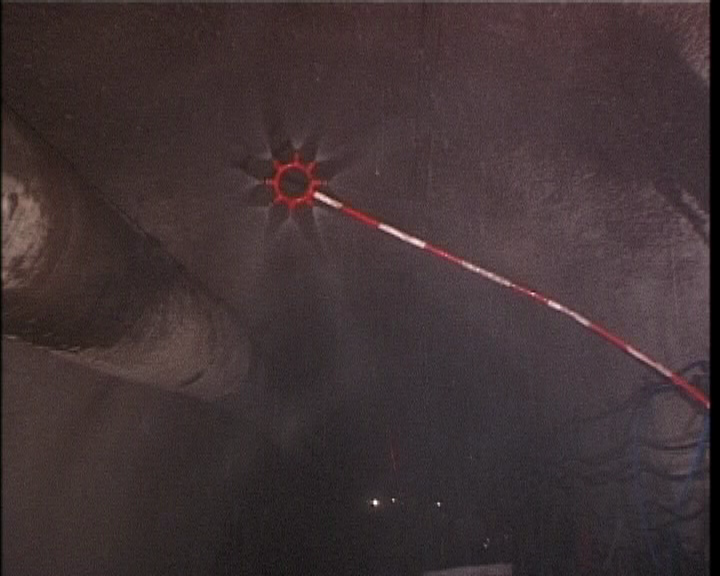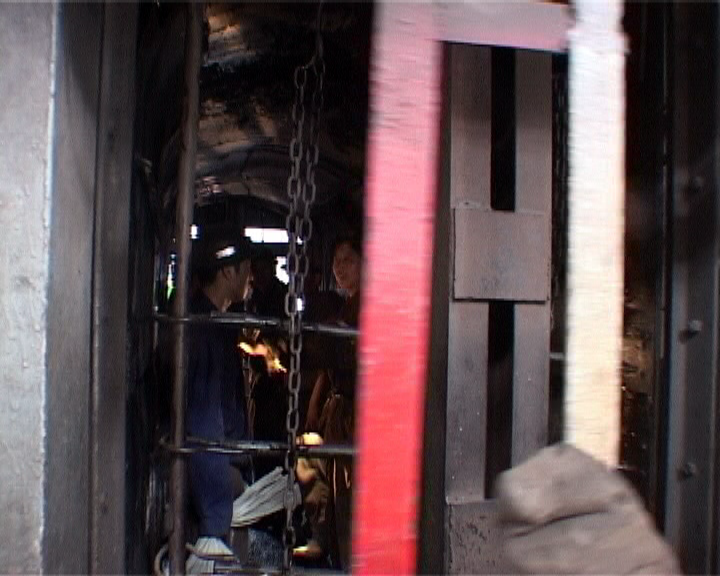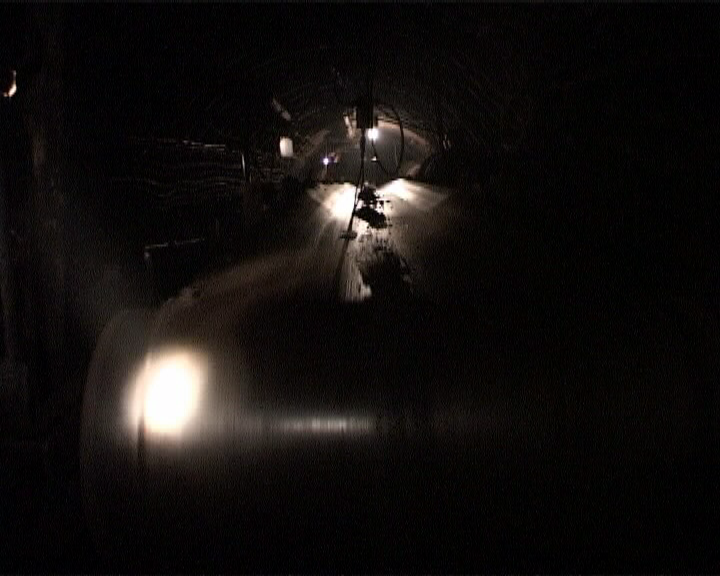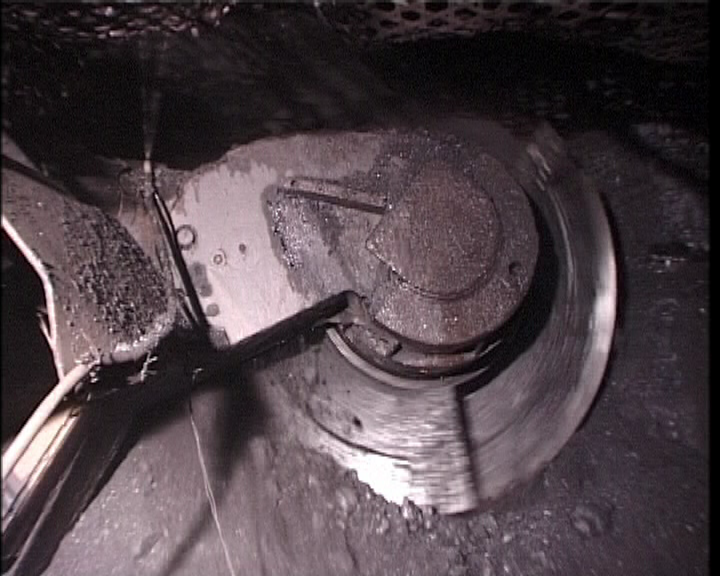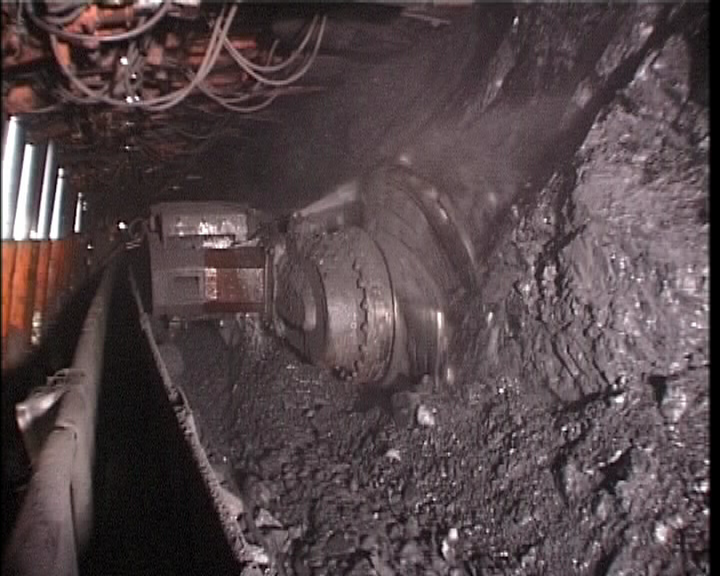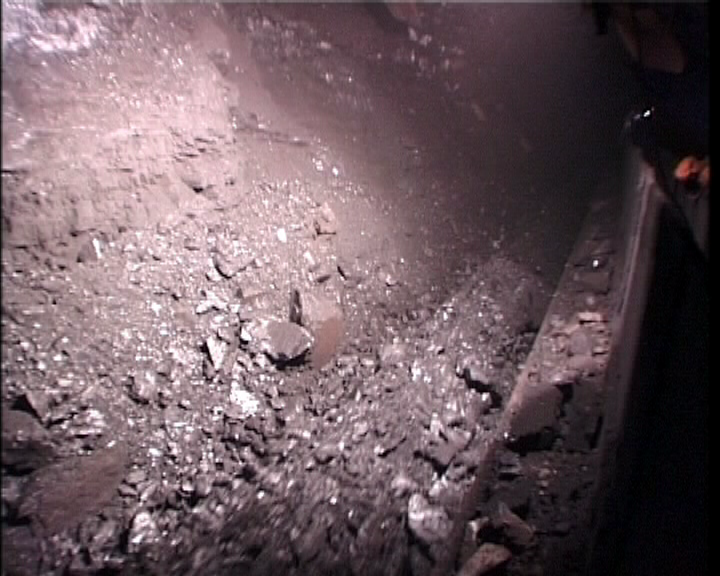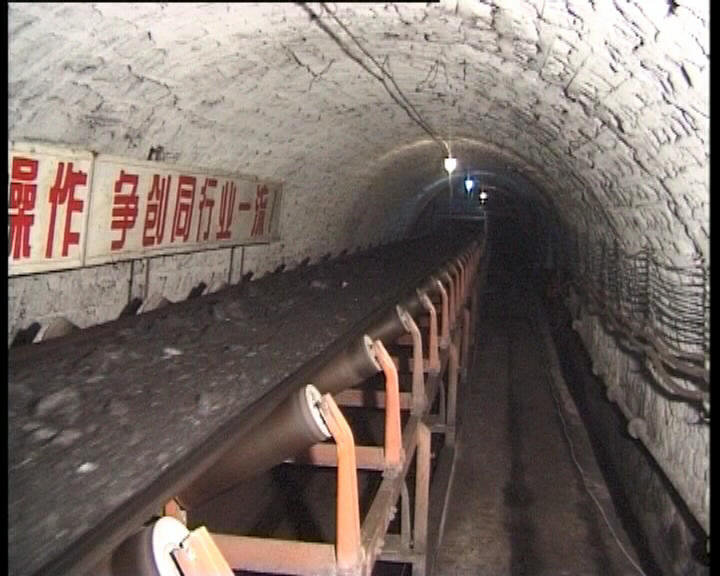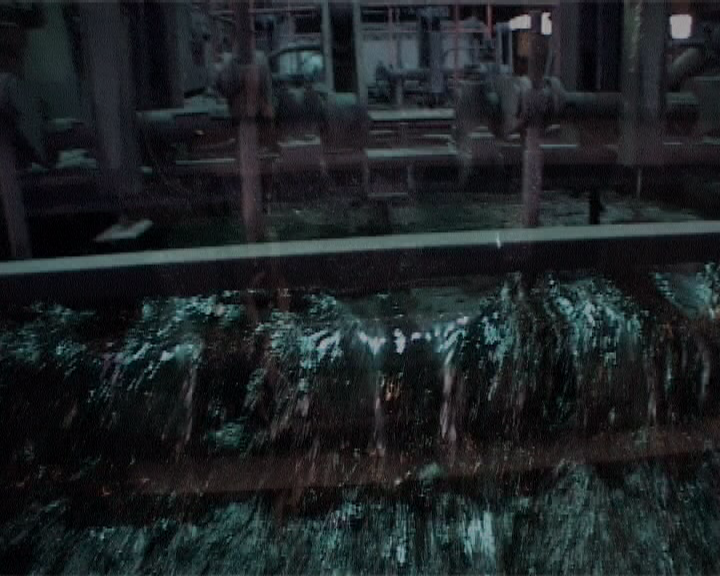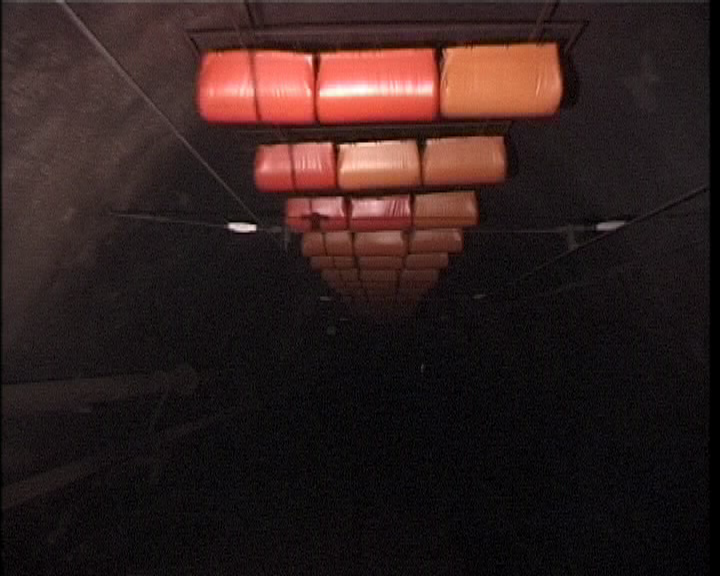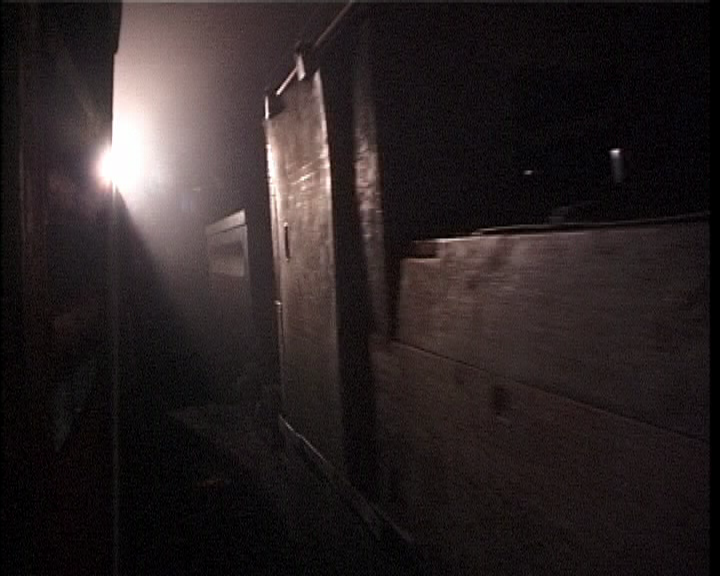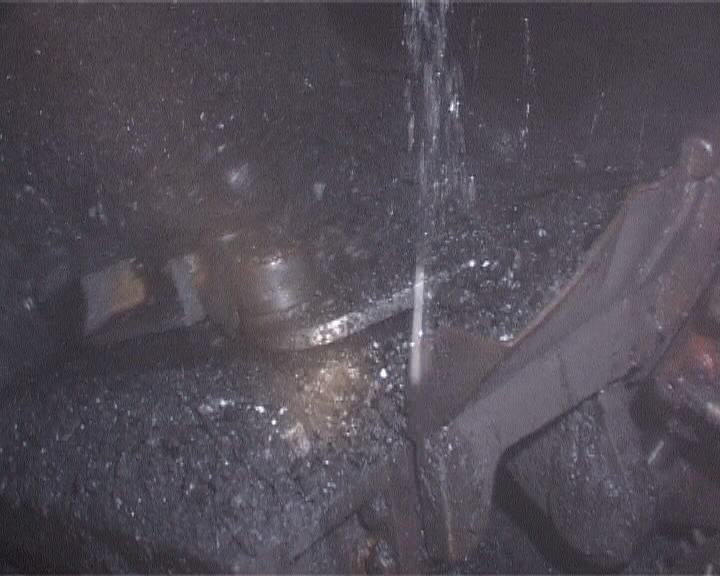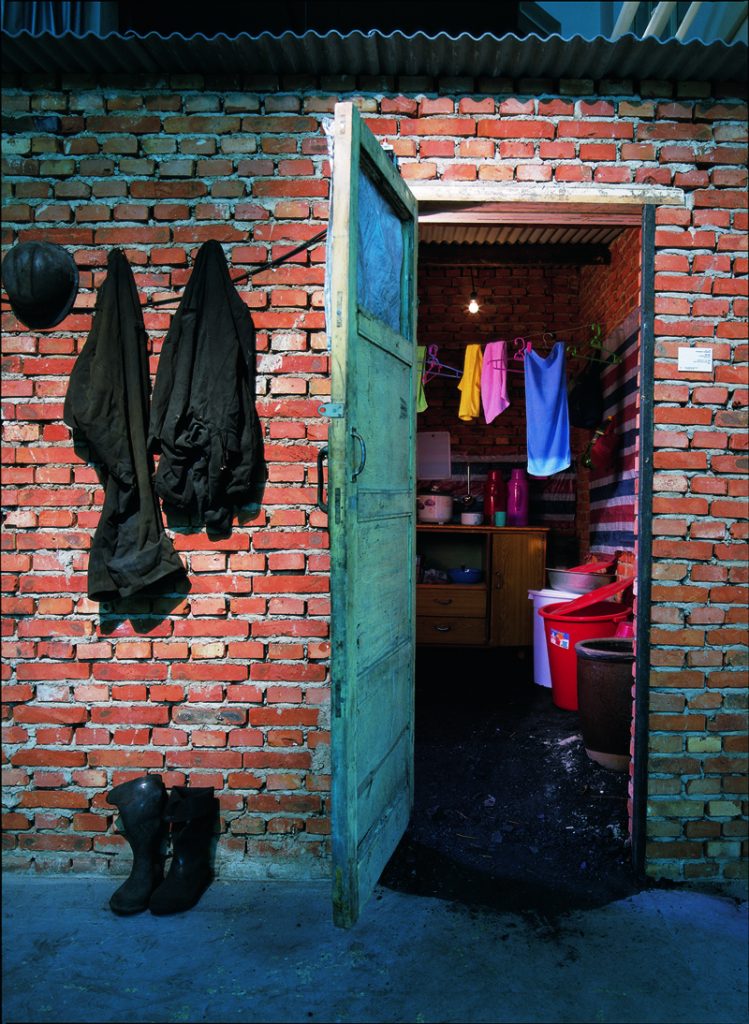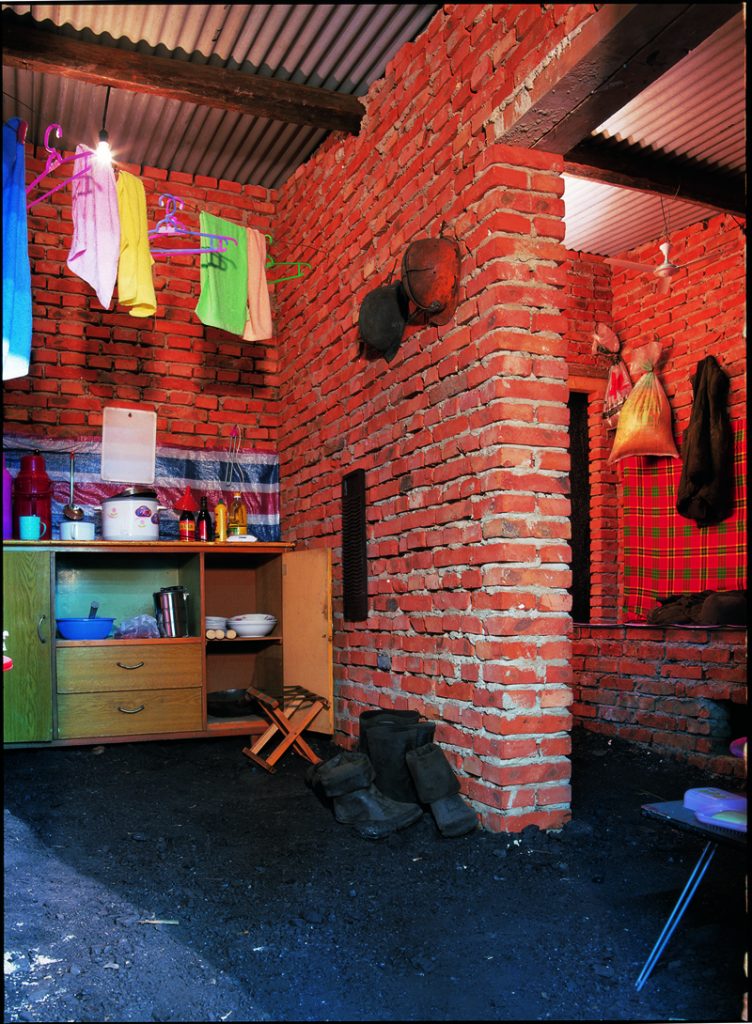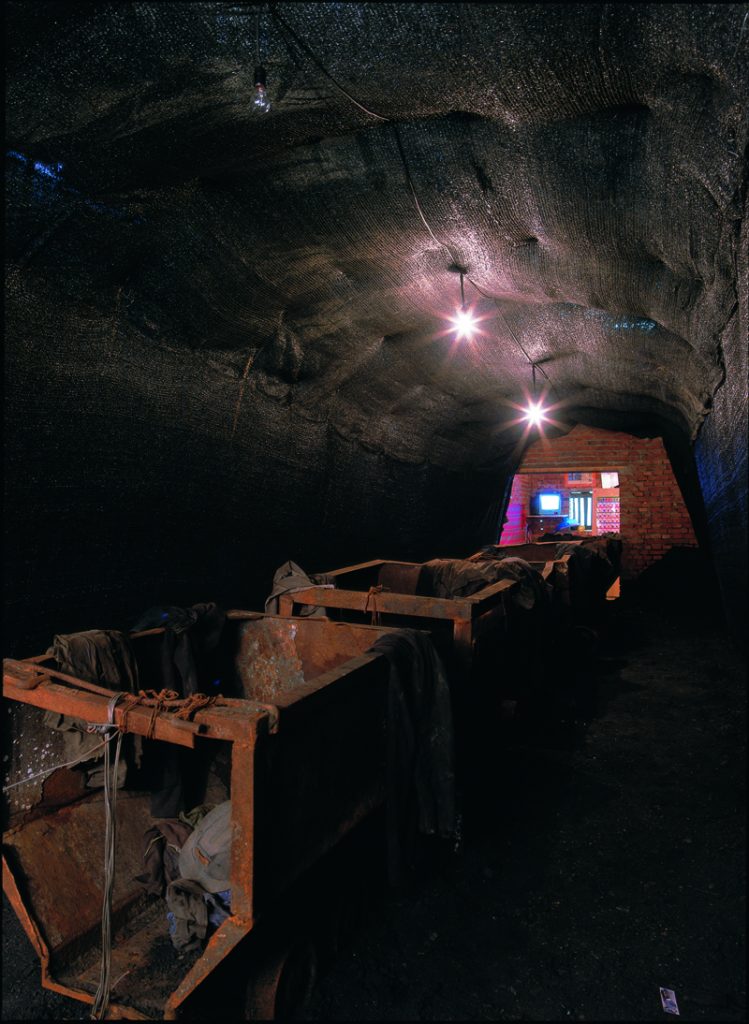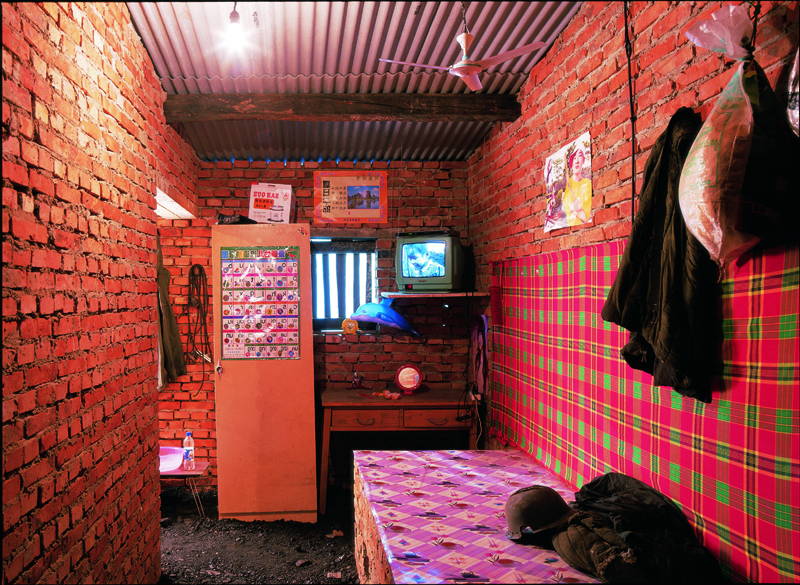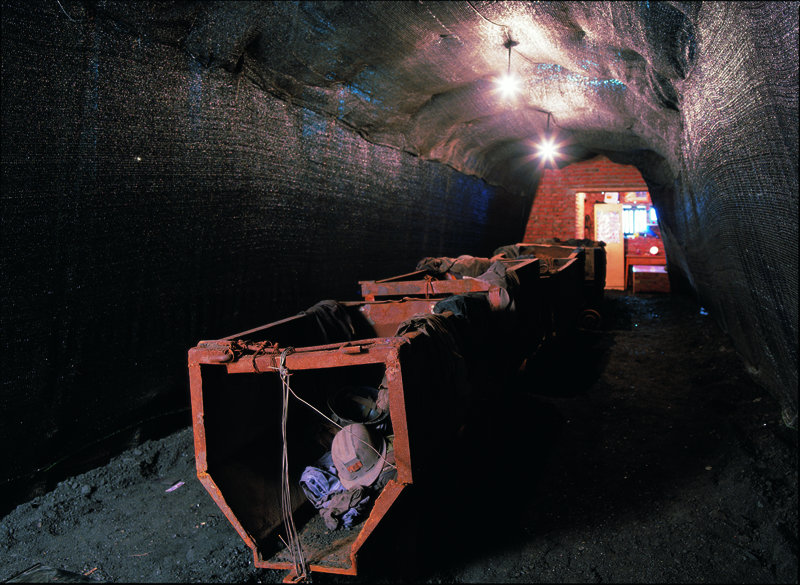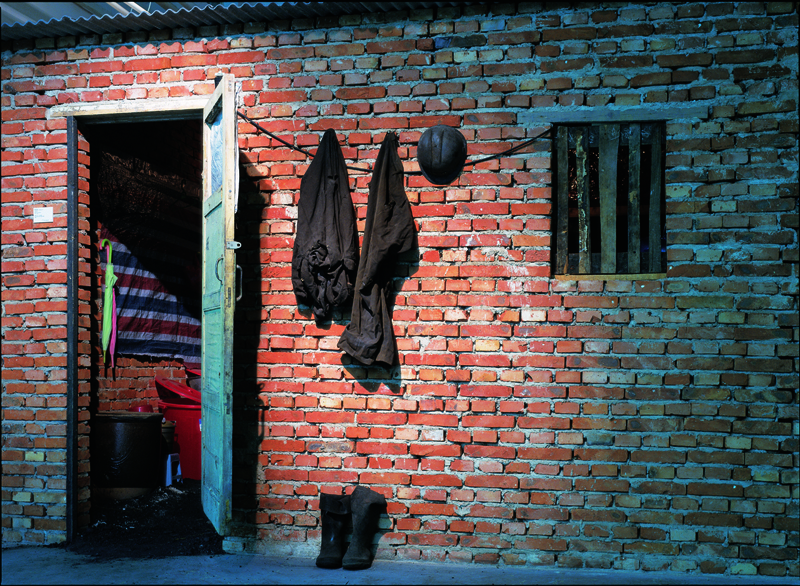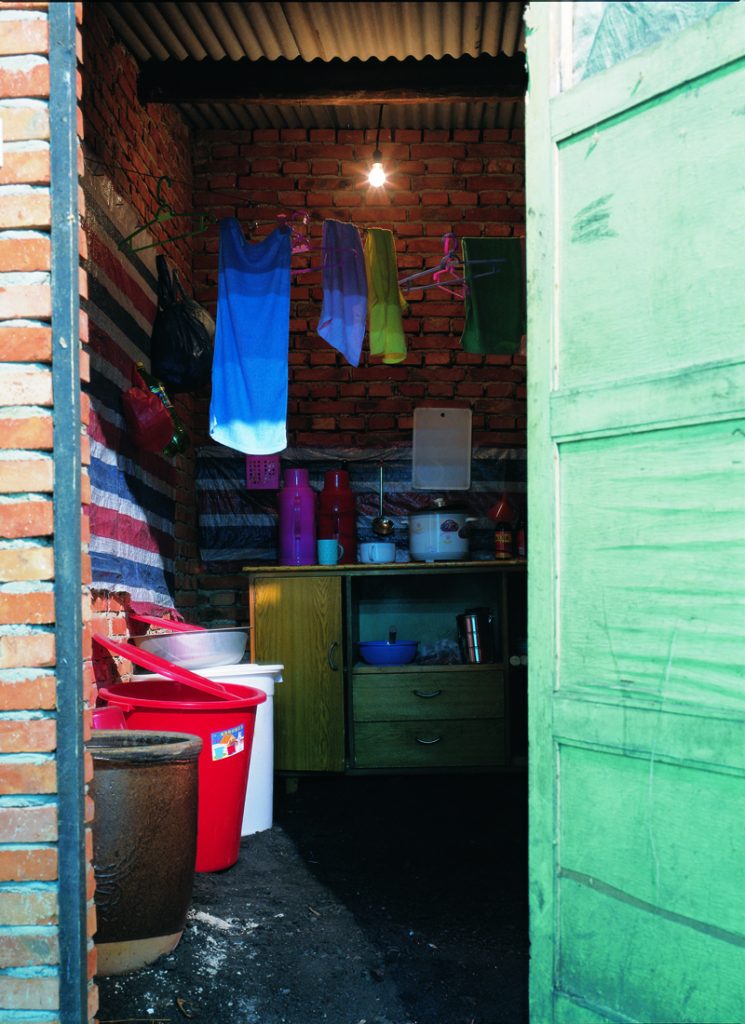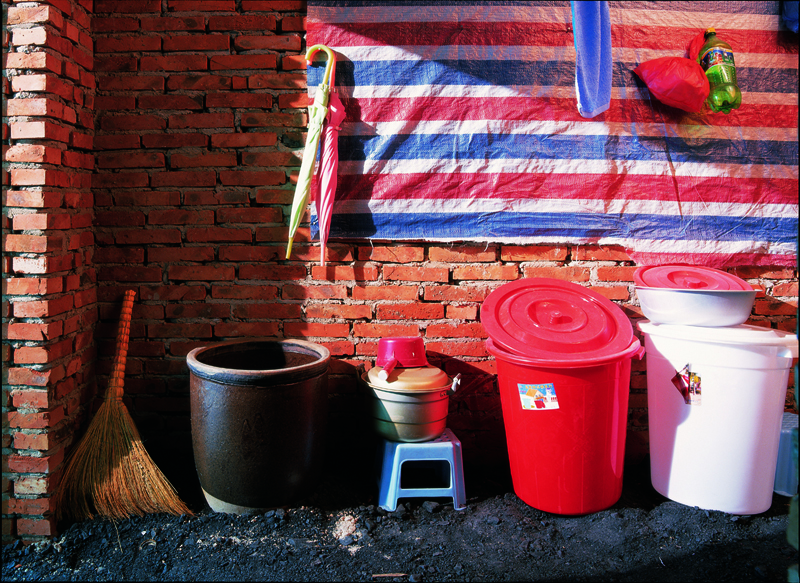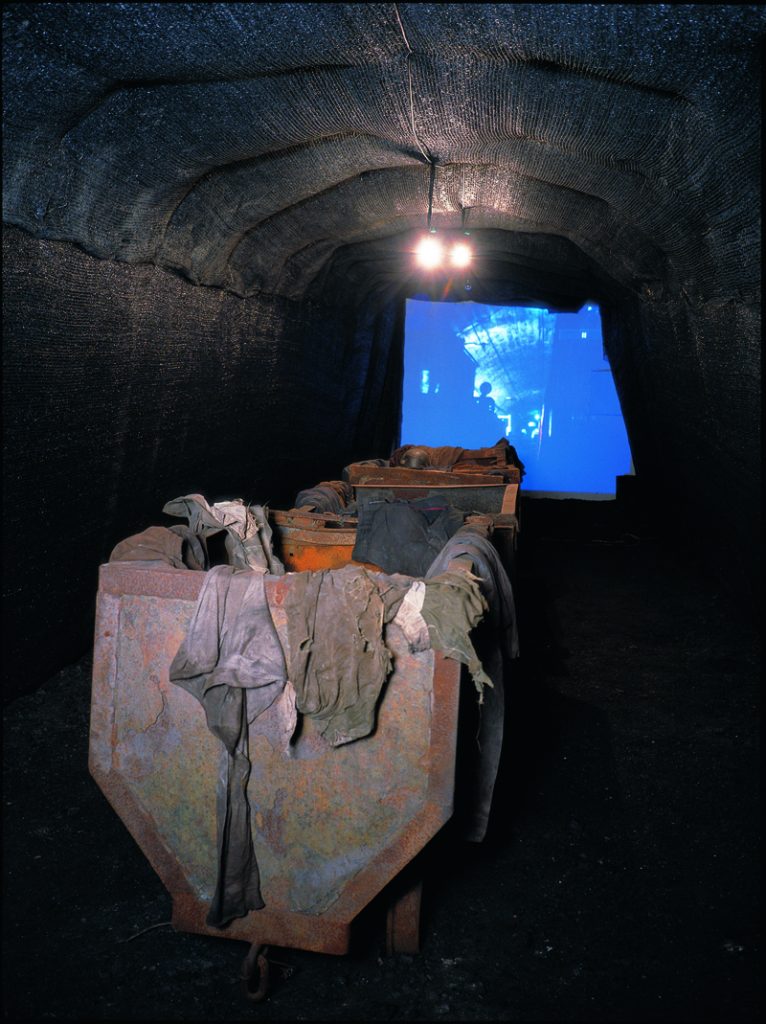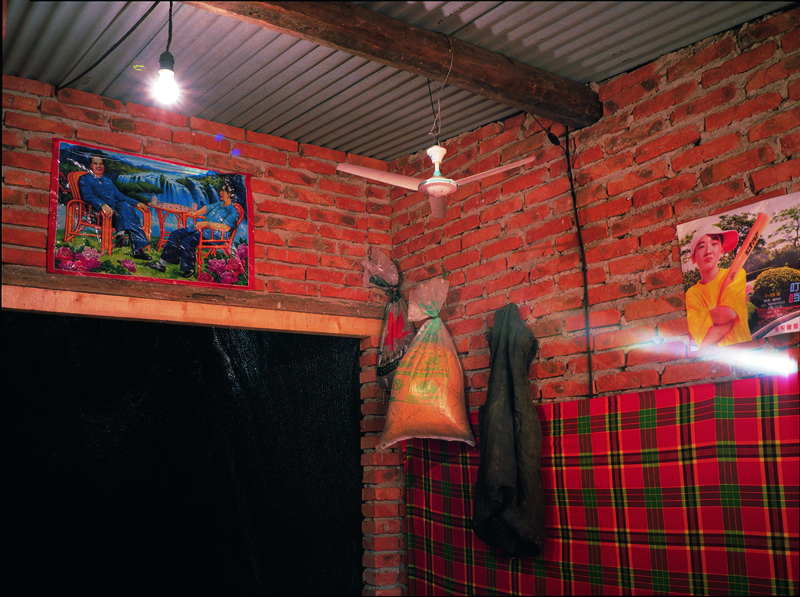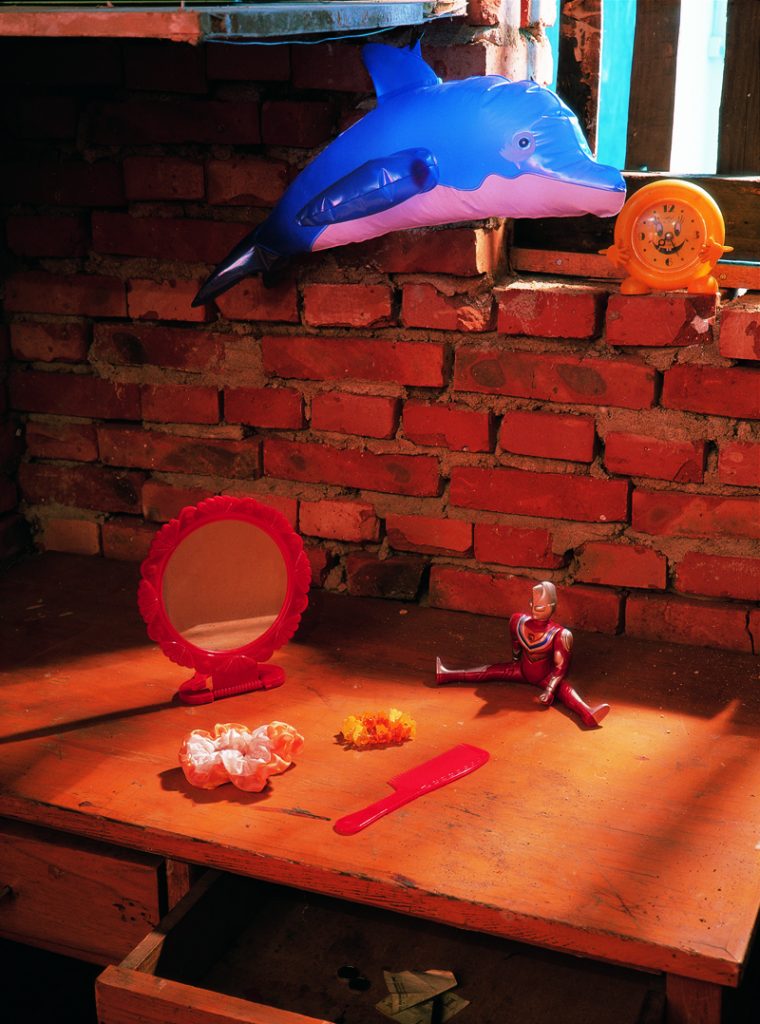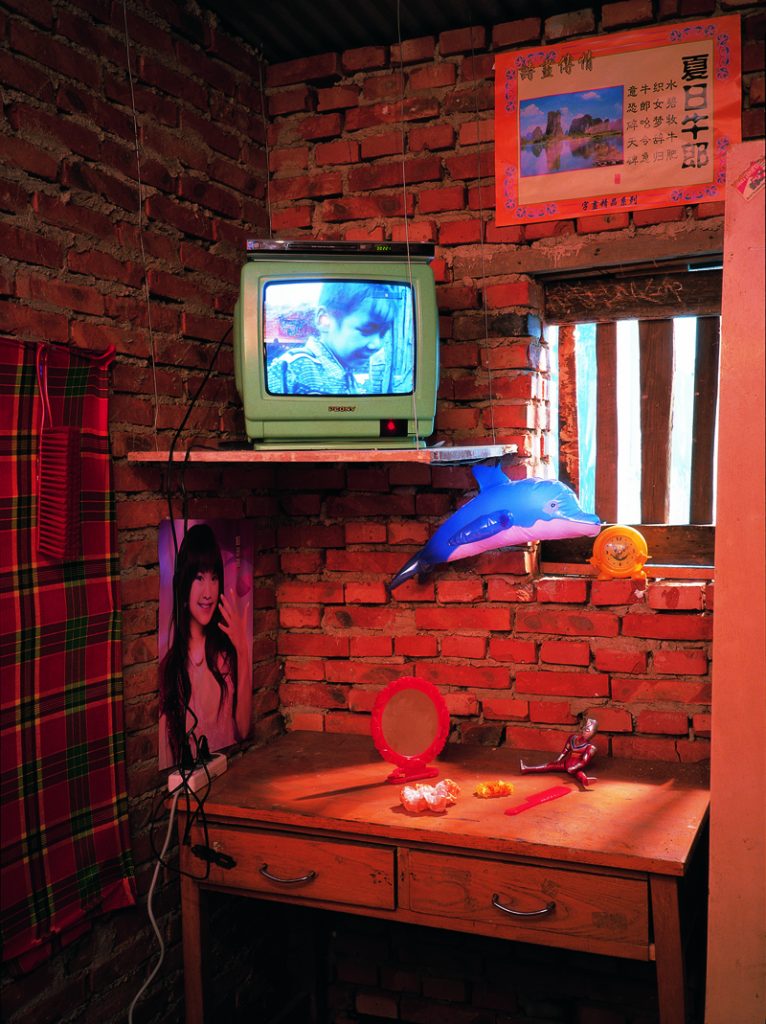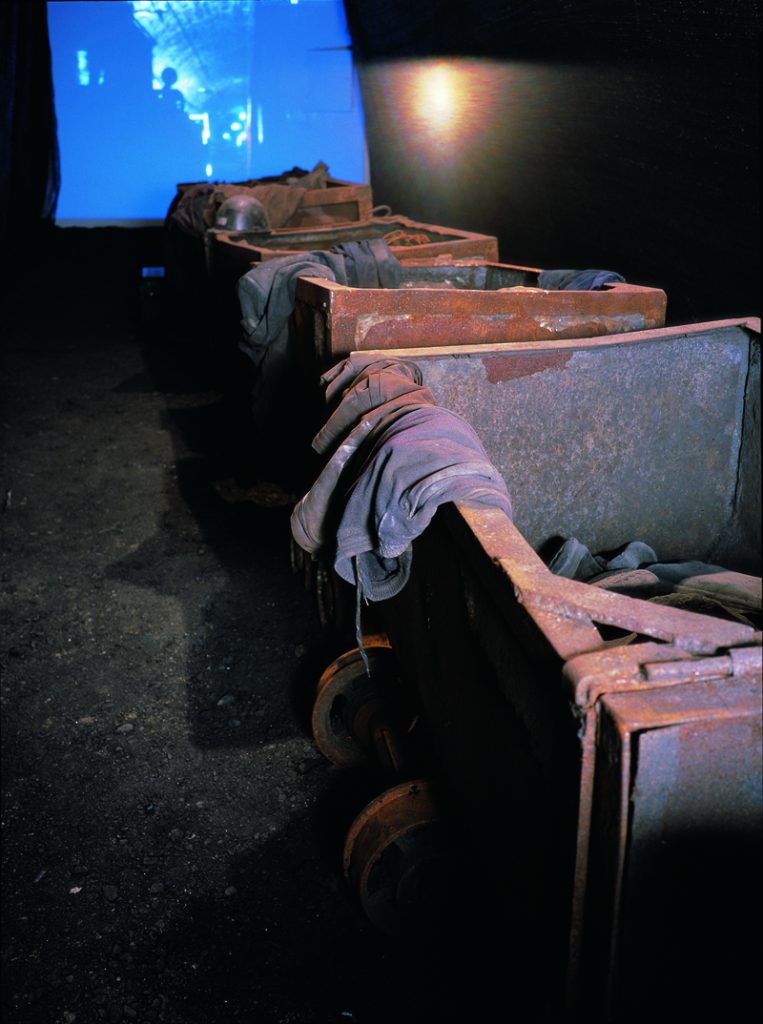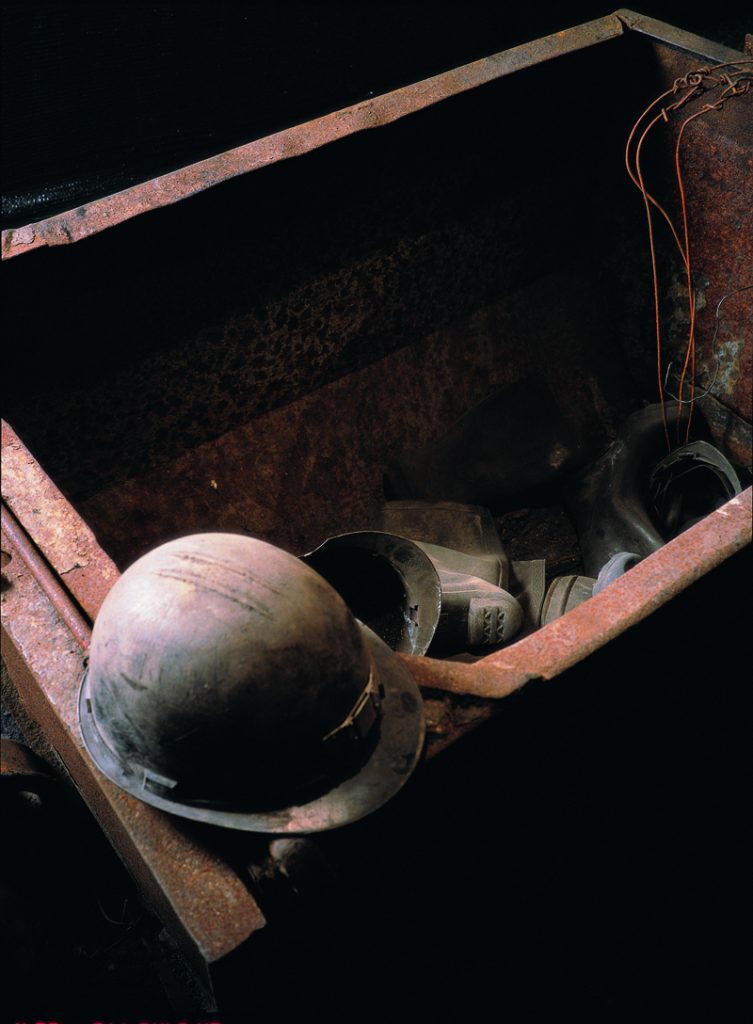Long March Project — Yang Shaobin Coal Mining Project

Field Research | Coal Mining Project
Yang Shaobin: Coal Mining Project
Time: 2004 – 2008
Artists: Yang Shaobin, Long March Project
Location:Hebei Province (Tangshan,Qinhuangdao), Shanxi Province (Changzhi,Shuozhou,Datong), Inner Mongolia (Baotou,Dongsheng)
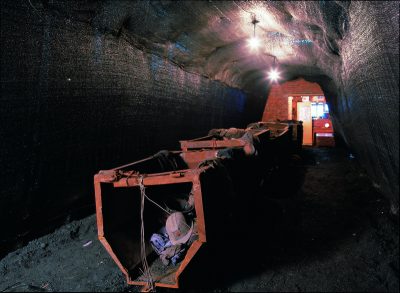
Phase I | Yang Shaobin: 800 Meters Under
Yang Shaobin: Coal Mining Project
Time: Sep. 2 – Oct. 15, 2006
Location: Long March Space (formerly known as 25000 Cultural Transmission Center)
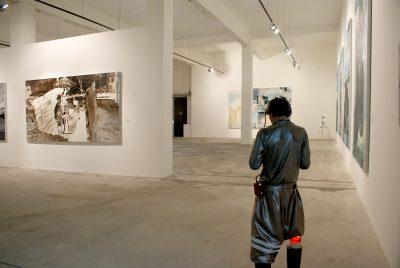
第二阶段|杨少斌:后视盲区
杨少斌:煤矿计划
时间:2008年9月4日至10月18日
地点:北京长征空间(前称二万五千里文化传播中心)
Observation | Excerpts from Yang Shaobin’s Notebook: A Textual Interpretation of “X-Blind Spot” by the Long March Writing Group
Yang Shaobin: Coal Mining Project
Time: 2009
Author: Long March Writing Group
Phase I | Yang Shaobin: 800 Meters Under
Yang Shaobin: Coal Mining Project
Time: Sep. 2 – Oct. 15, 2006
Location: Long March Space (formerly known as 25000 Cultural Transmission Center)
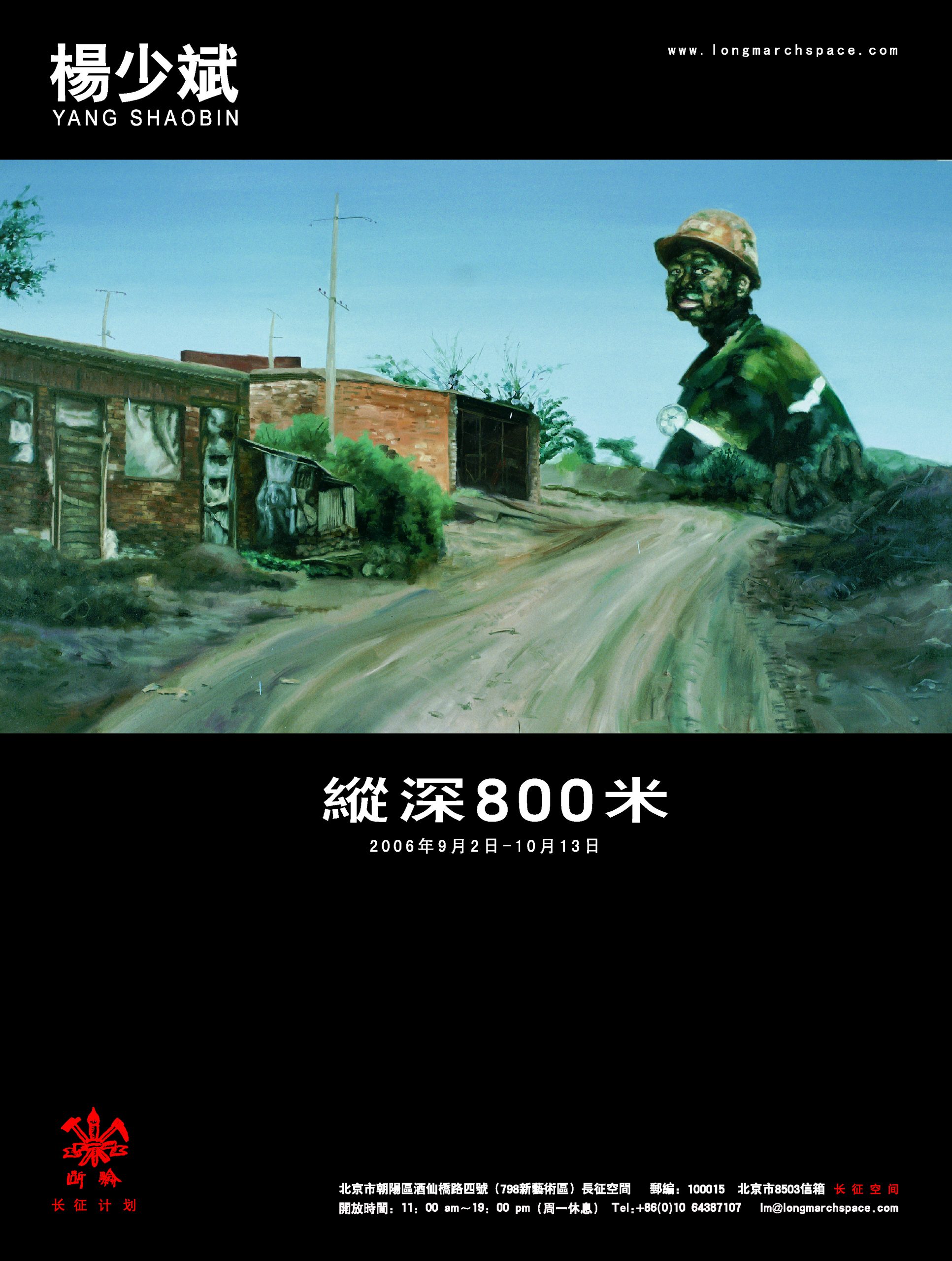
Project dates: January 2004 – September 2006
Subject focus: Kailuan Coalmining District and Tangshan Area, Hebei Province
(The following text was from the then press release)
Exhibition dates: September 2 – October 13, 2006
Shuangyang – Changchun, Qitaihe – Heilongjiang Province, Liguandun – Tangshan City, Xinan – Henan Province, Weixian – Hebei Province, Liupanshui – Guizhou Province, Fanchang – Anhui Province, Xiangfen – Shanxi Province, Wuhai – Inner Mongolia, Beitashan – Xinjiang, Fuxin – Liaoning Province, Fuyuan – Yunnan Province, Xingning – Guangdong Province
––The incomplete list of coal mining accidents throughout China in 2005
This is both a historical and prescient issue concerning political regime, rapid shift in social system, survival, and power. The project re-examines the history of industrialization and urban spaces, socialist memory and their connection to contemporary Chinese art history. What the decline of industrialism narrates is not a memory, but a linkage with history.
800 Meters Under enters directly into the collective memory of industrialism and socialism. As a Long March Project, the project dialectically thinks about the linkages between Chinese history, culture and social development, using the public nature of art to engage with a particular segment of history.
China’s attempt at building a market economy with socialist characteristics and its historical experiences of collectivism have undoubtedly contributed to the ideo-scape of the post Cold War era. However, what do those previously experienced memories of collectivism, society, production, and the livelihood of the people mean today when market society has become so prevalent? Today, the question of the value of the individual in relation to older forms of production emerges as a common underlying and at times overt motif in contemporary Chinese artist’s thinking as they encounter and confront the relationships present in their social realities.
In the 1960’s and 1970’s, contemporary Chinese artists were focused primarily on collectivism, with artistic production organized around specific social bodies such as workers or the military. Artistic resources were distributed among the different collective organizations, leading to a particularly vibrant social life. For example, coal miners would have their own exhibition of works, with each coal mine having a dedicated art production team. Additionally, the artists from national arts association had a close relationship with the coalminers, working with them to produce works. During the period of the Cultural Revolution, several works were produced collectively by these groups.
Post 89 Chinese oil painting artists, among which artist Yang Shaobin is a leading representative, emphasized the return of the individual as a critique against socialist realism. Entering into the 21st Century, Chinese society has entered into a new stage of development, and artists have sensitively begun to utilize the new relationships between the realities of society and the expressive power of art, attempting to hold onto Chinese historical and social praxis. What is obvious is that this is not merely a issue regarding form and style, nor is it merely an artistic question, rather its thrust is aimed at the dialectic thinking of the linkages between Chinese history, culture and social development.
When most of today’s international artistic production and exhibitions are focused on the issues revolving around urbanization and immigration, these understandings prove inadequate in the Chinese context due to the interlinked relationship between the urban and the countryside, immigration and industrial decline. The economic restructuring of industry, the conflict between urban and rural, and issues regarding human rights and lifestyle that are currently occurring in China right now, have either already occurred (England), or is occurring in countries throughout the world. Coalmining is a particularly salient point of this development, expressing the decline of industrialism, urbanization, rural, life and lifestyles, and the flow and re-distribution of capital.
Taking his own body and experience as an entry point, the Yang Shaobin re-examines the relationships between China and the West, revolutionary memory and historical memory, and industrial civilization and agrarian society. What is brought out is not only the problem of individual in today’s society, but more importantly, the work clears a new direction and site for human development and the concept of collectivism in contemporary social life.
Kailun coalmine is located in the northeastern Chinese city of Tangshan. Established in 1878, historically, it was the first Chinese company to use modern Western production techniques and equipment. Its’ historical experiences is representative of Chinese modern history. In 1901, control of the mine was given to England as part of the Boxer Indemnity. In 1922, there occurred the famous workers strike, which ultimately ended in defeat. The mine was taken over by Japan in 1941 during the occupation. After Japan’s surrender in 1945, control was given to the KMT Nationalist Government who subsequently reverted control back to England. Finally after the liberation in 1948, control was finally given to the Chinese people.
Yang Shaobin was born in the Kailuan coalmining district in the 1960’s to a coal mining family. The historical resources and memory of this period has left a distinct impression on him. Since studying works by coalminers in elementary school, Yang Shaobin decided to devote his art to life. However, after graduating from art school, he returned to work as a policeman in Kailuan. Today, he is one of the most renowned Chinese artists. From 2004-2005, the artist traveled with Long March chief curator, Lu Jie, revisiting, living and experiencing the coalmine and area of his birth.

